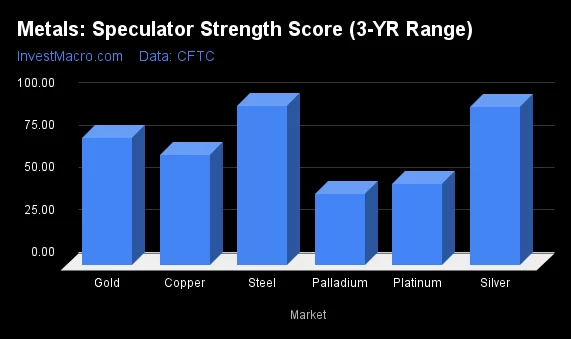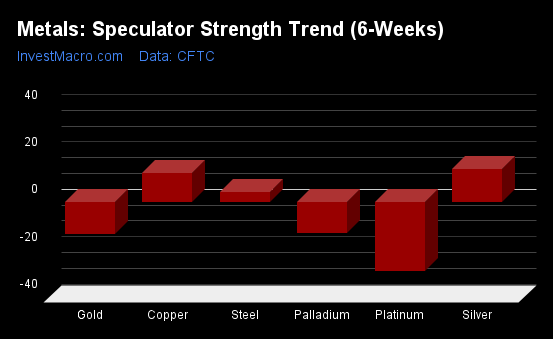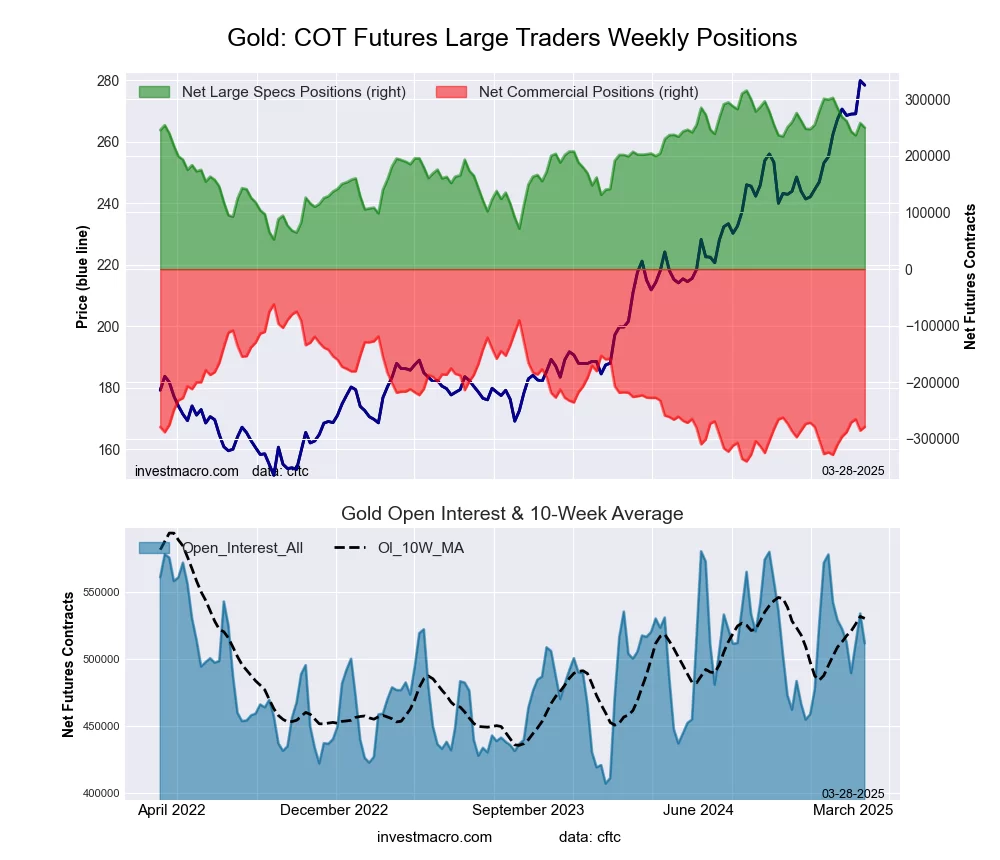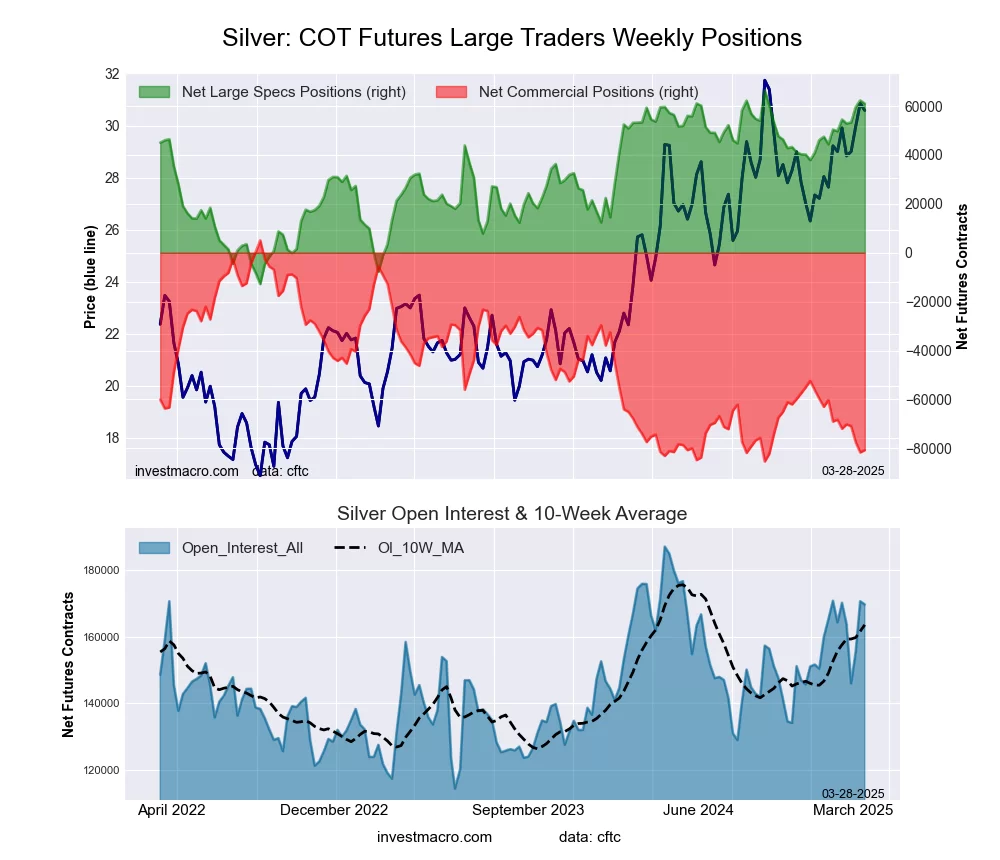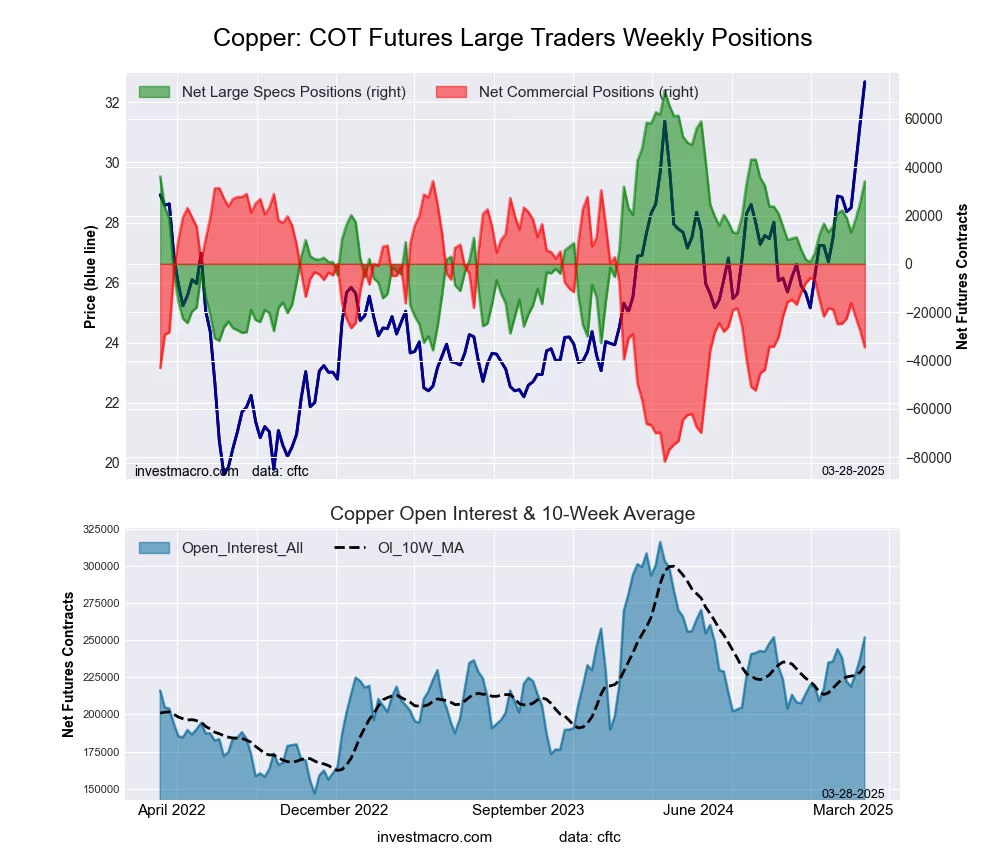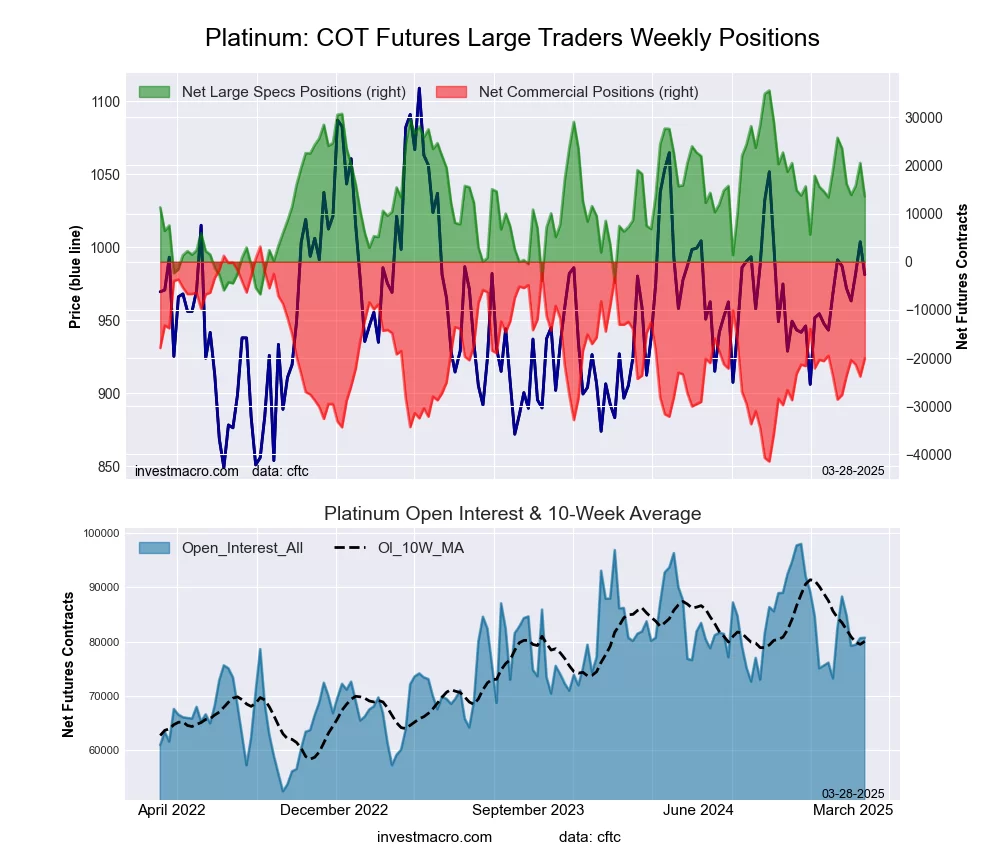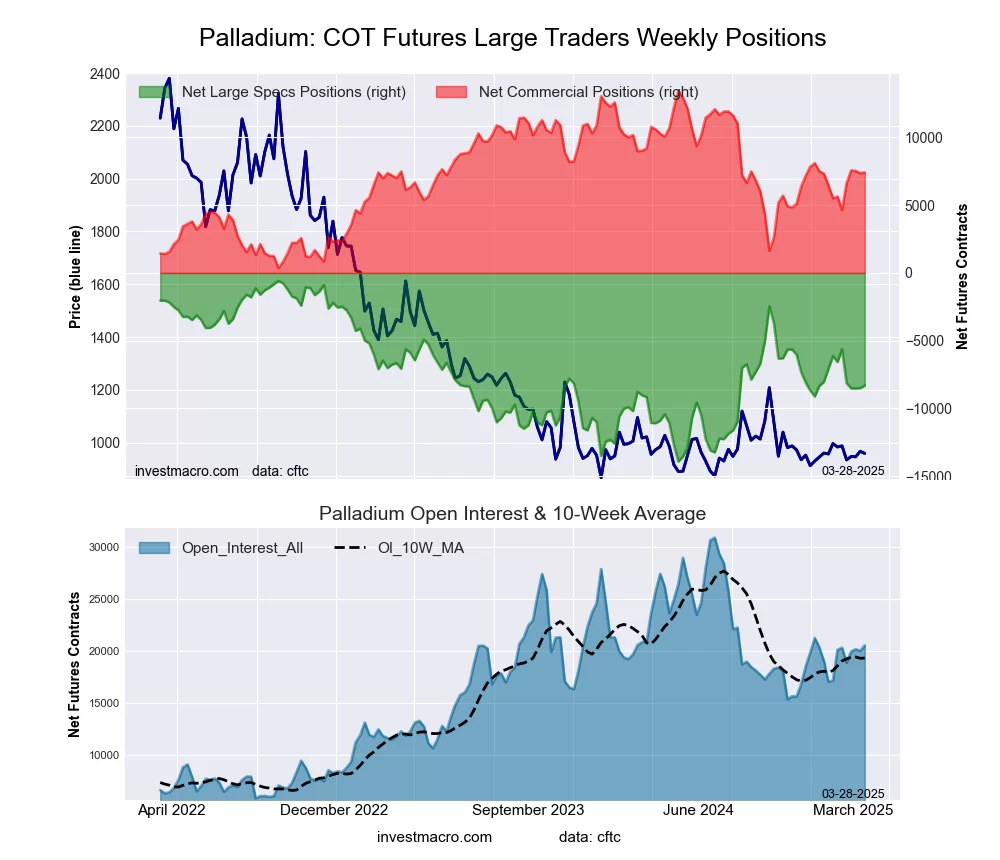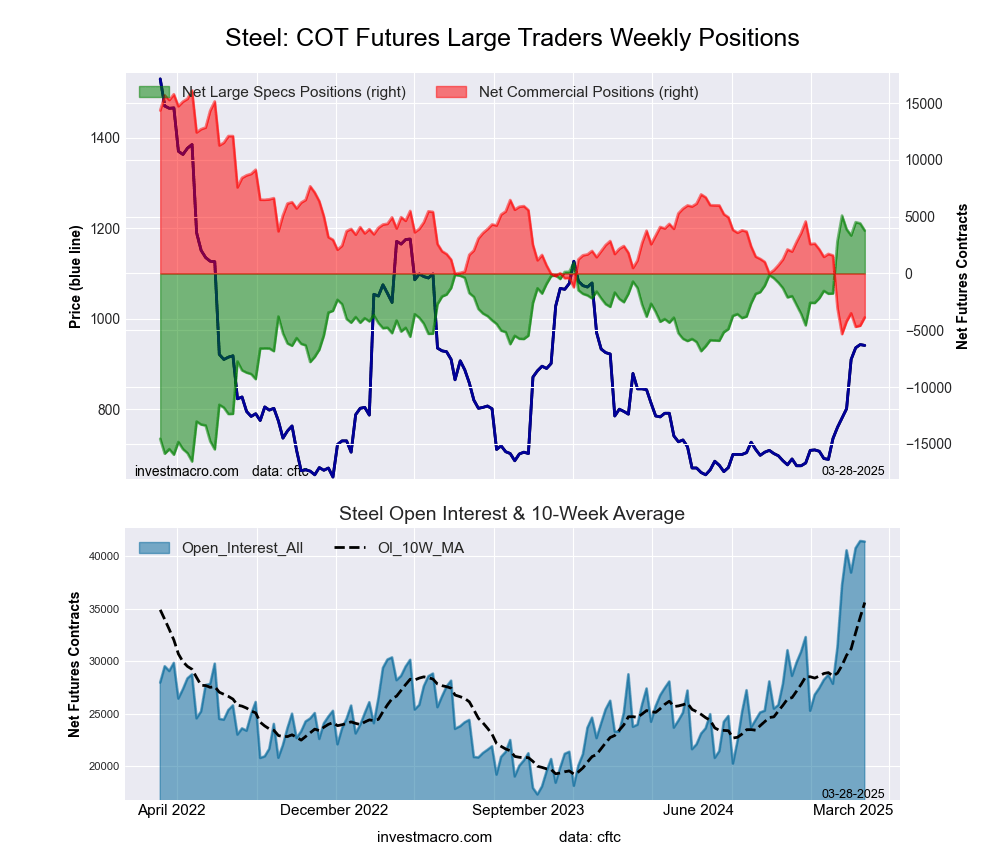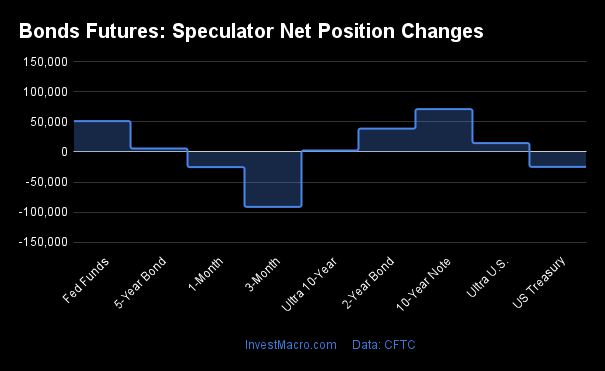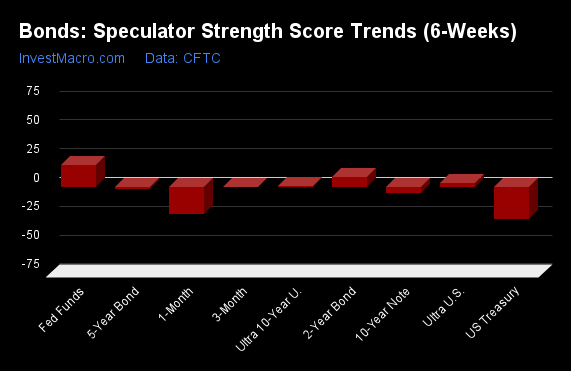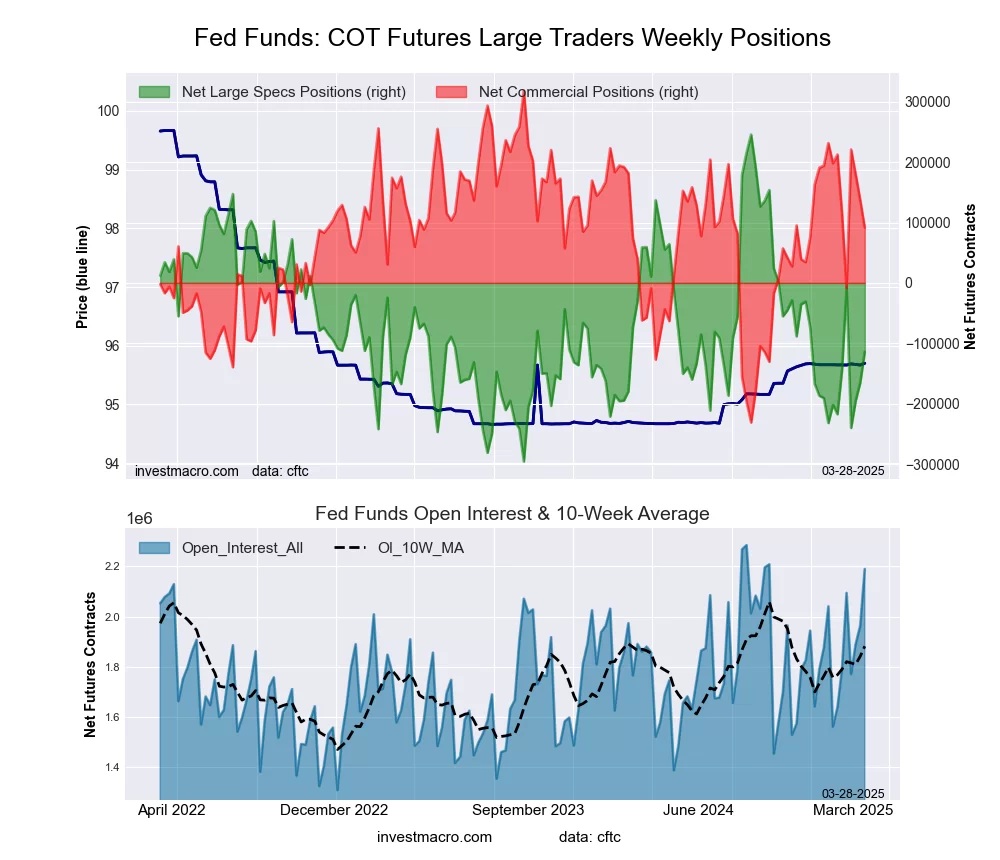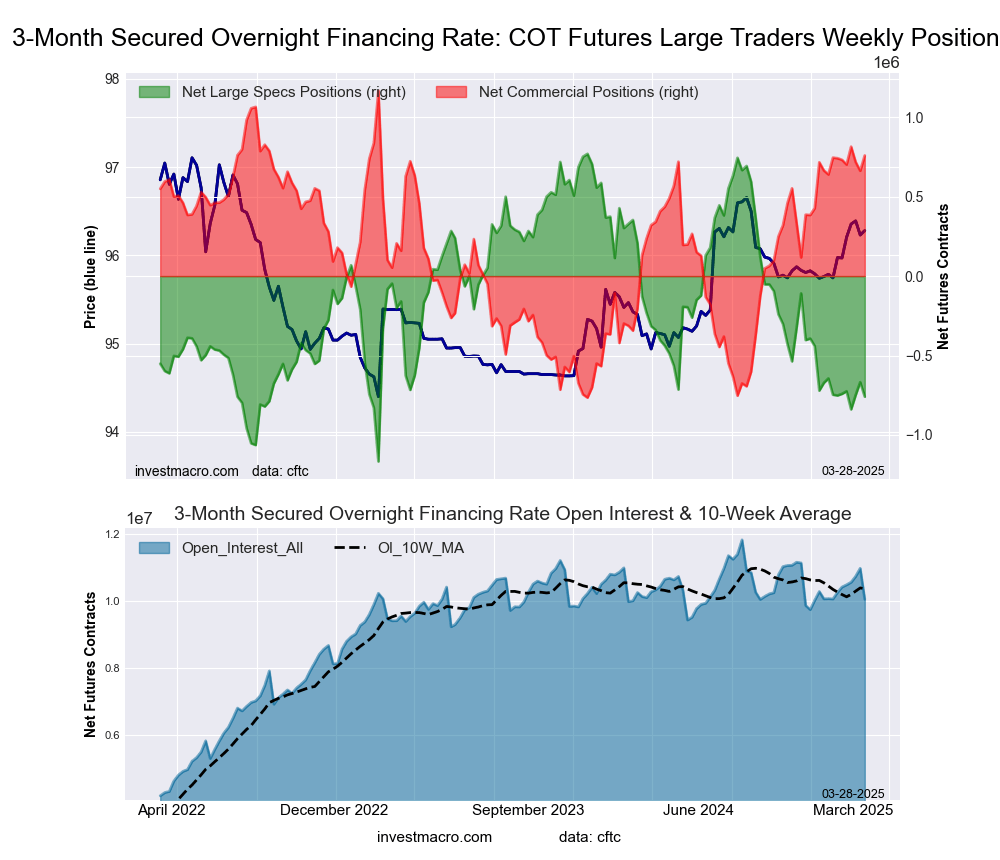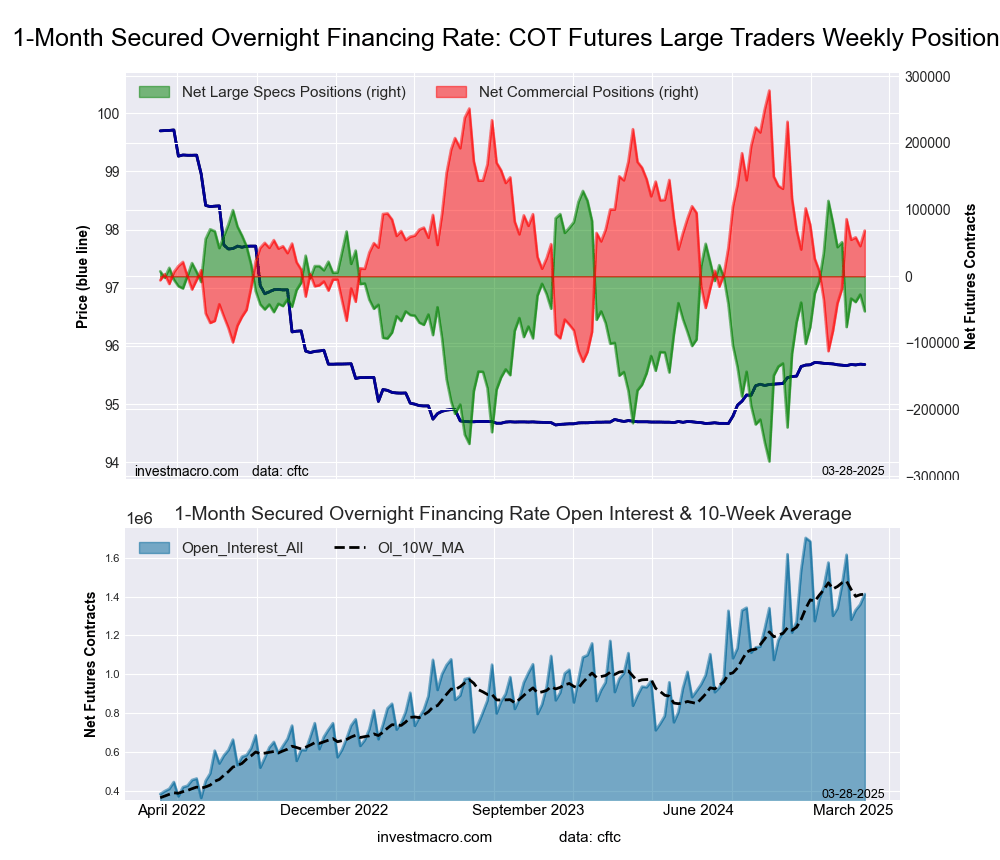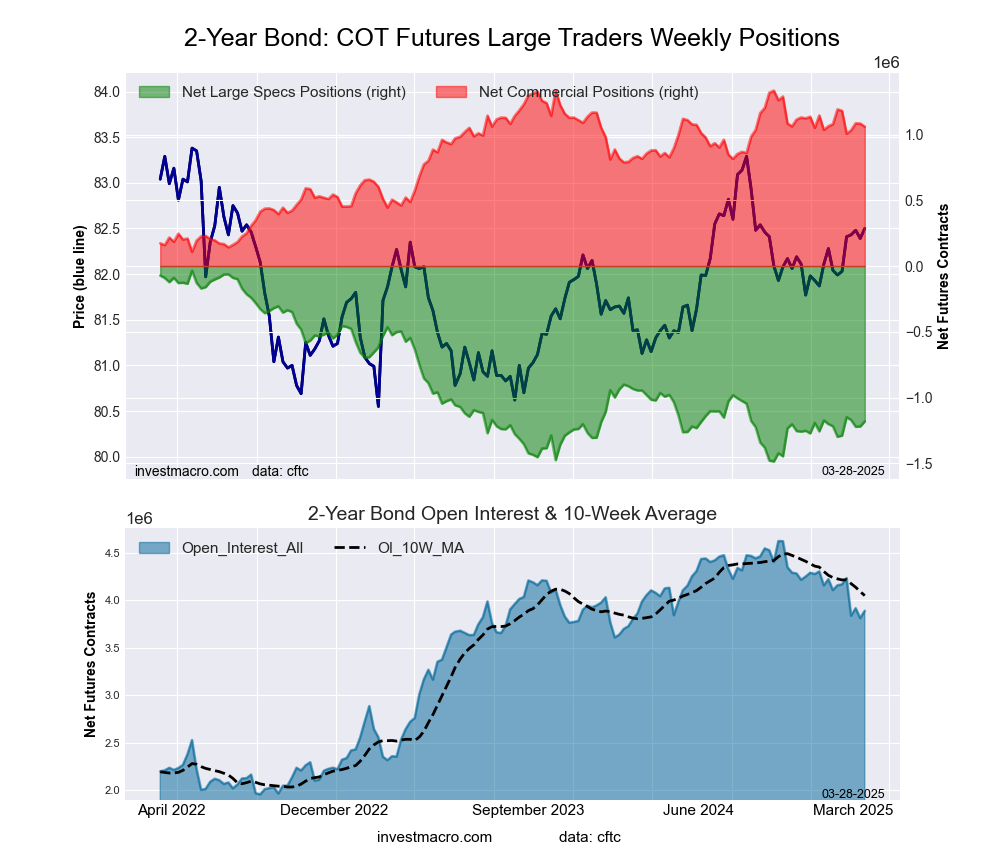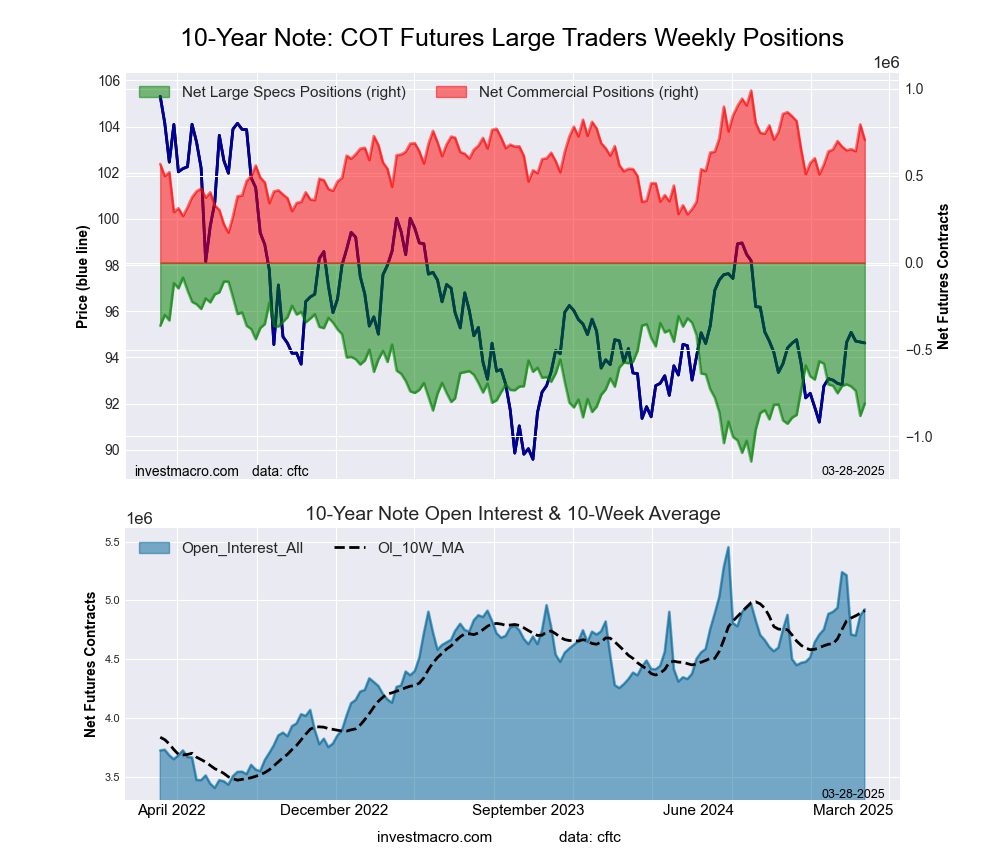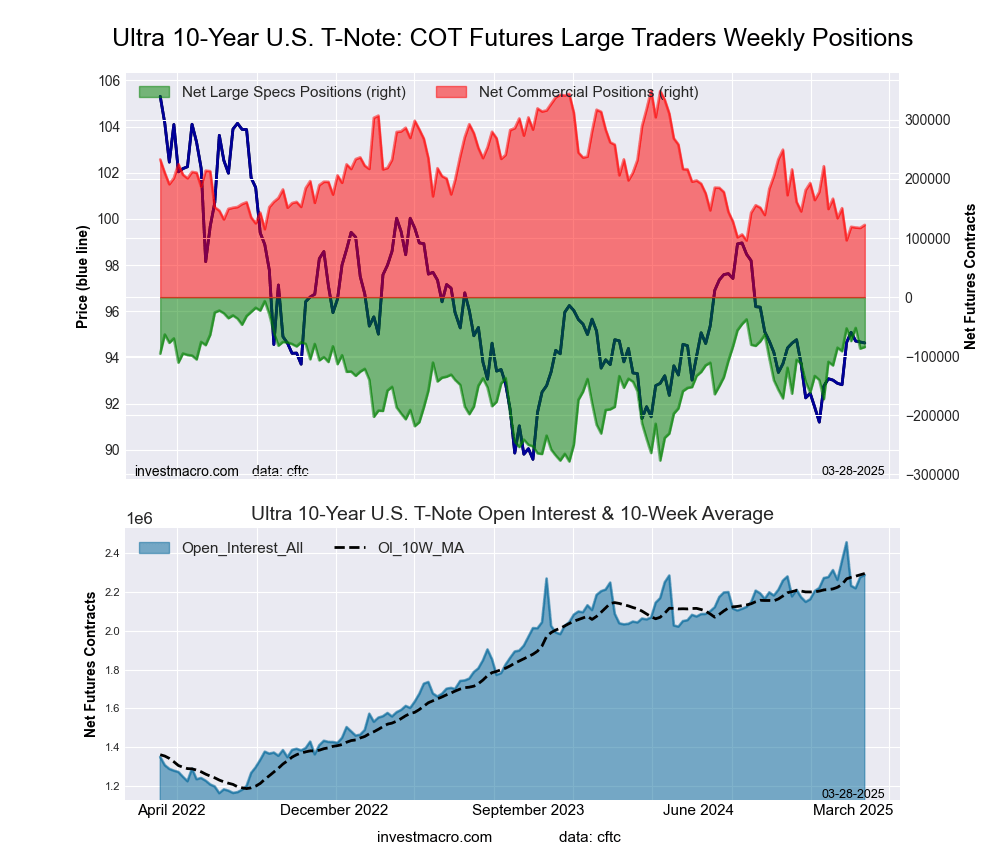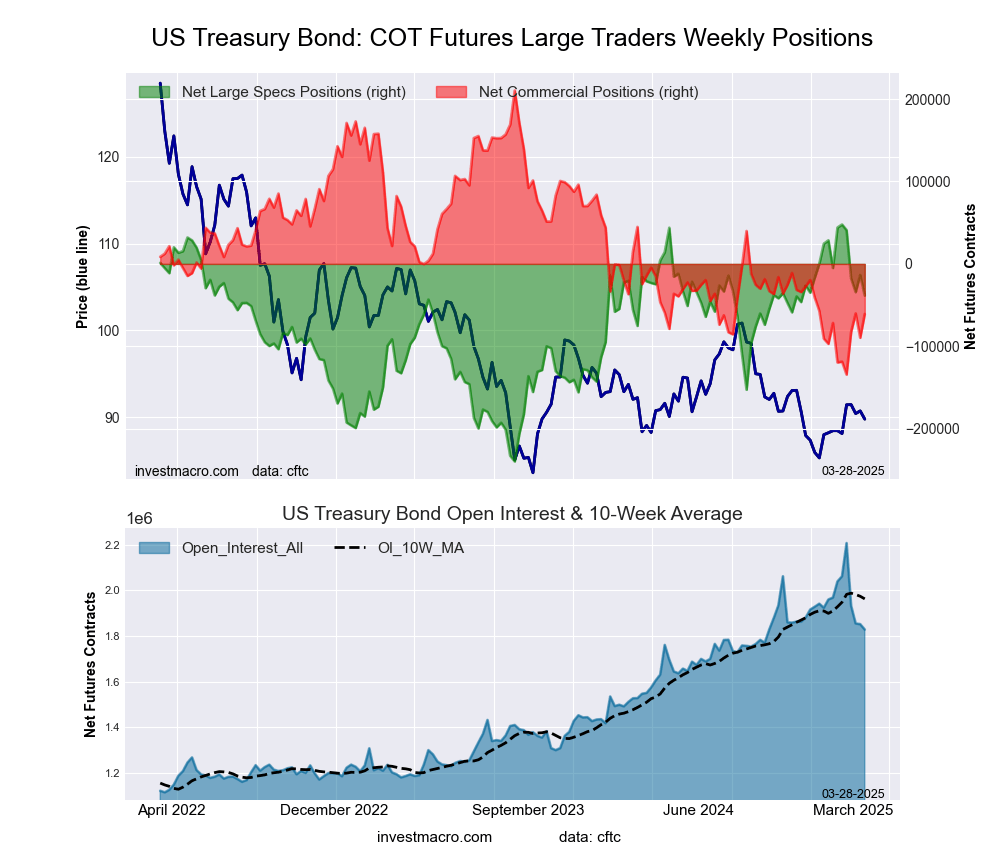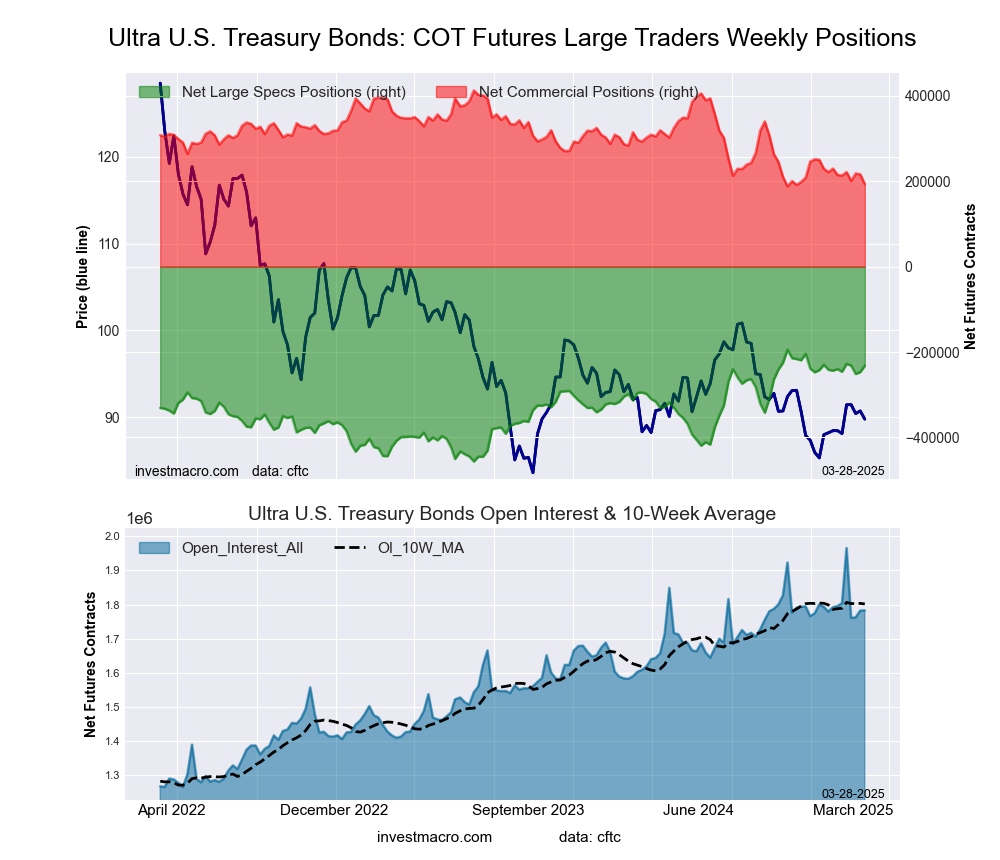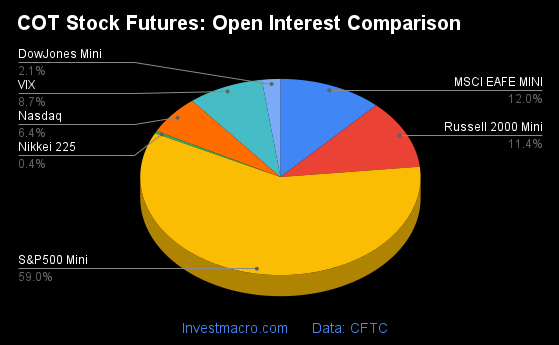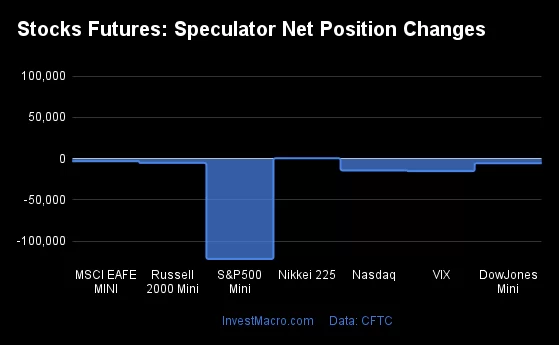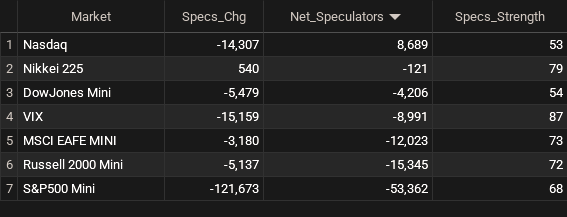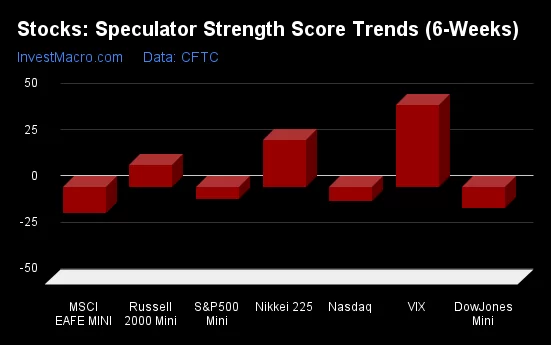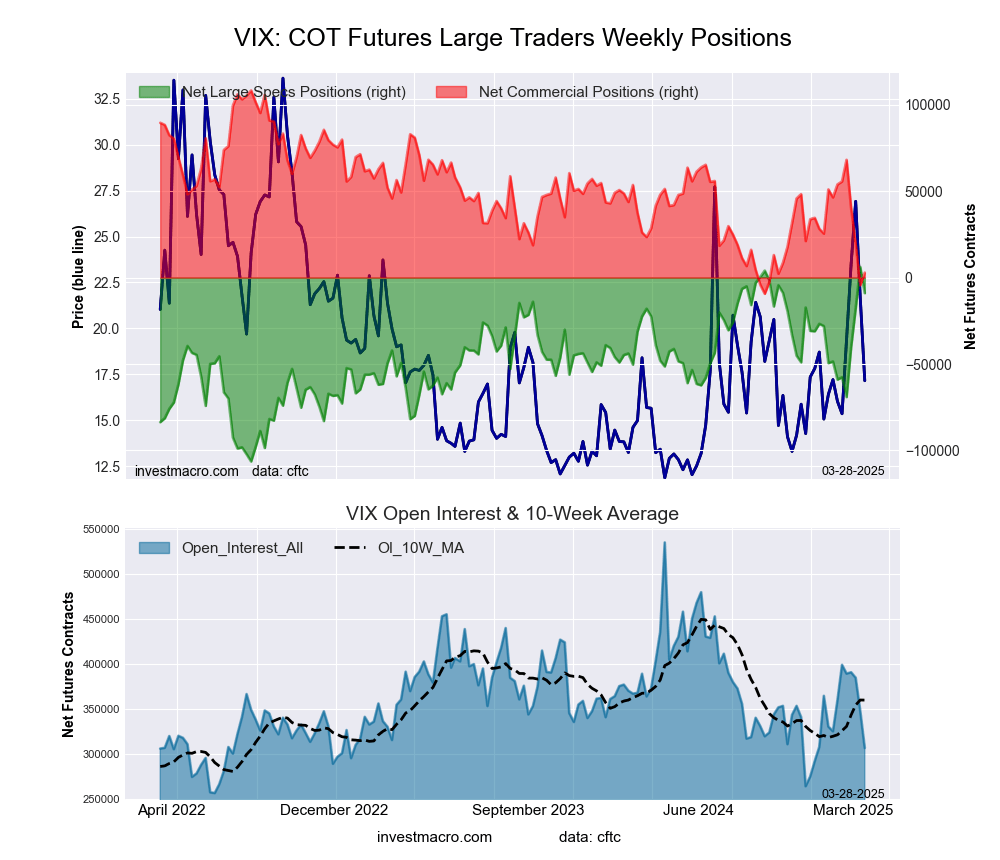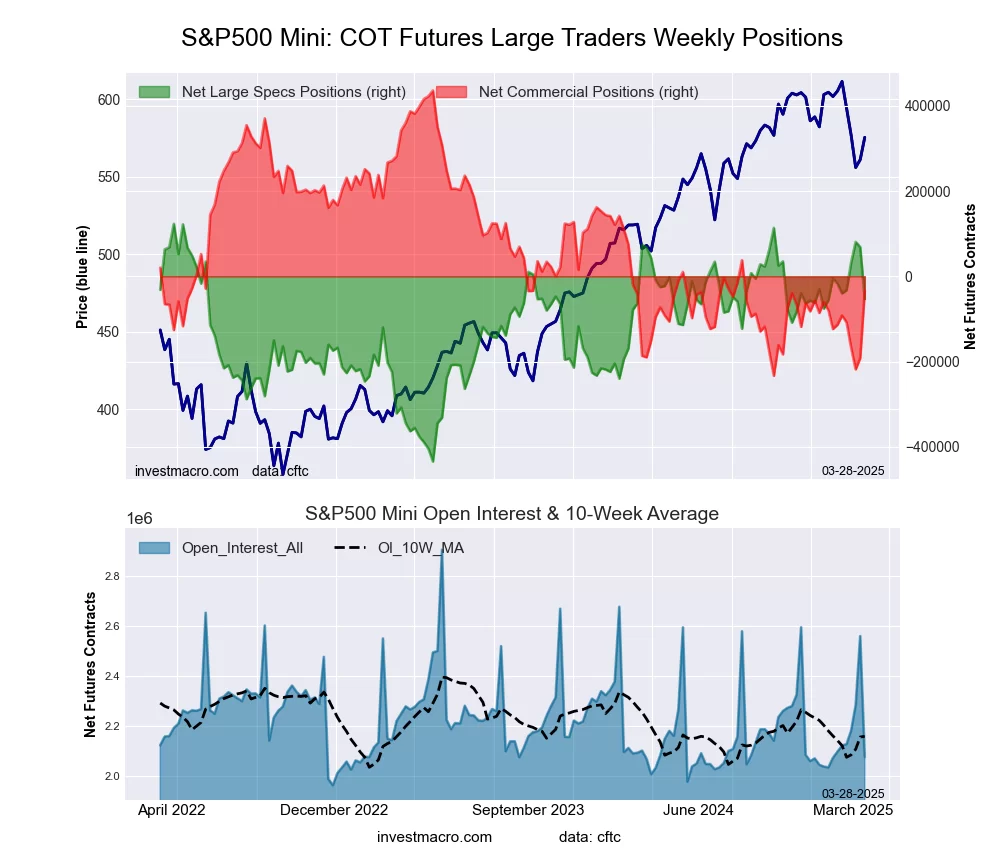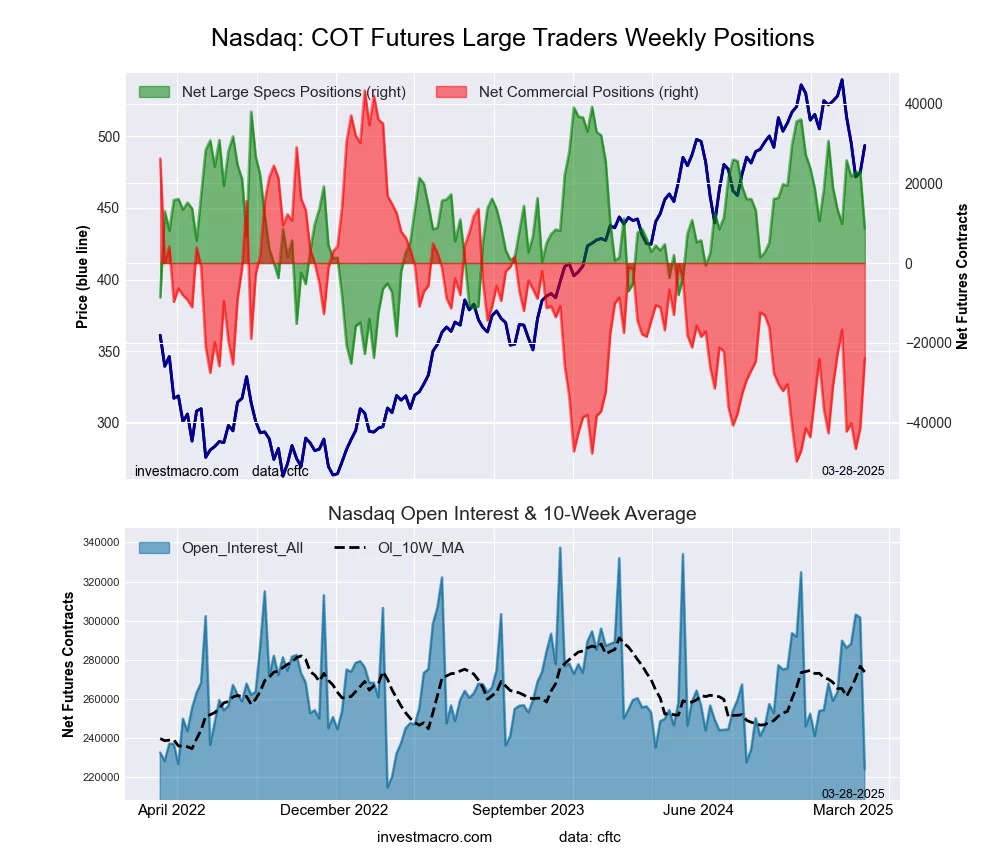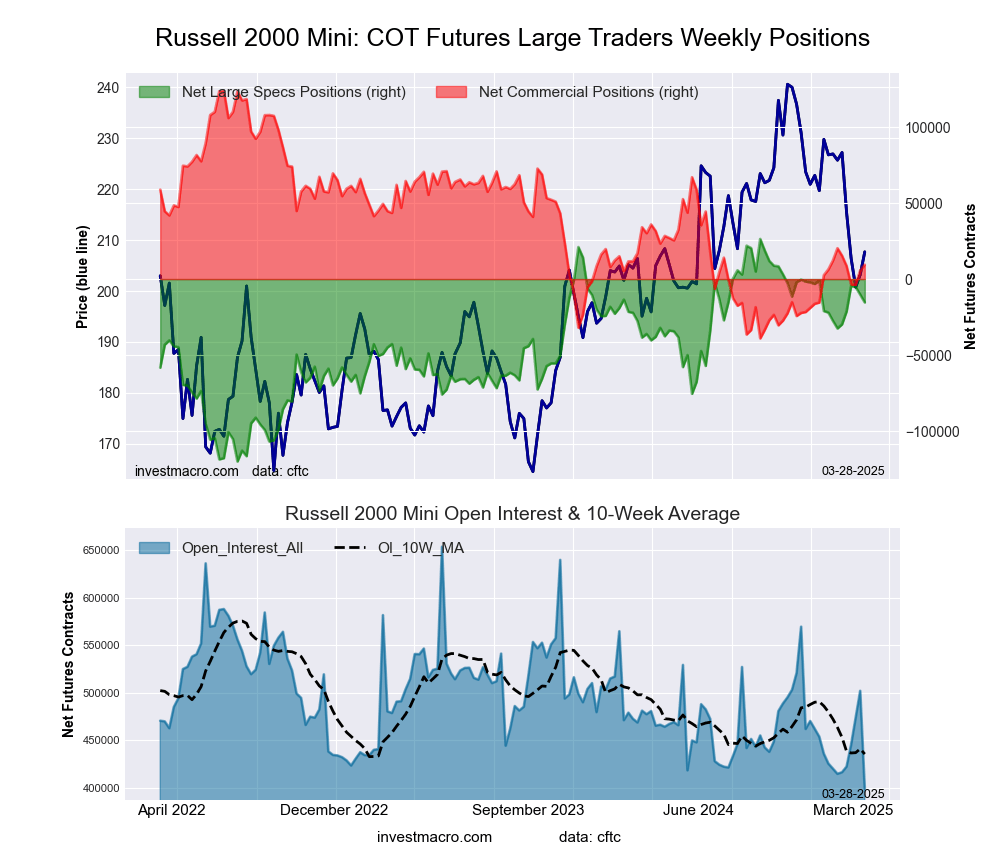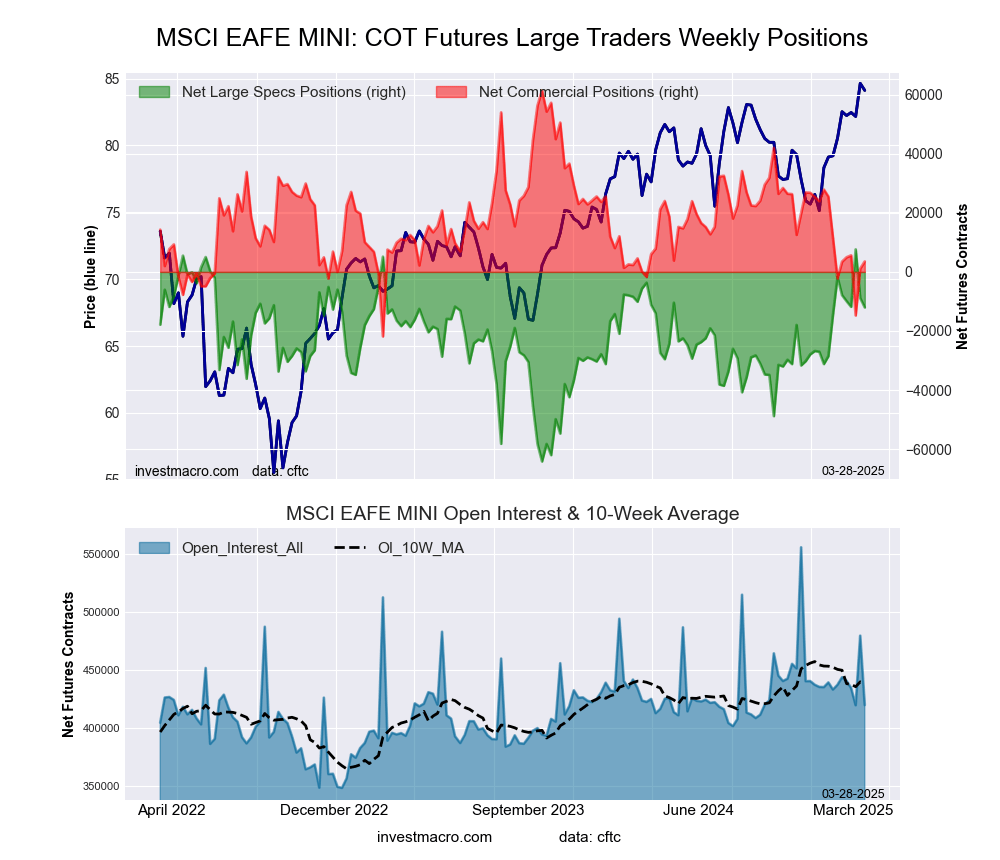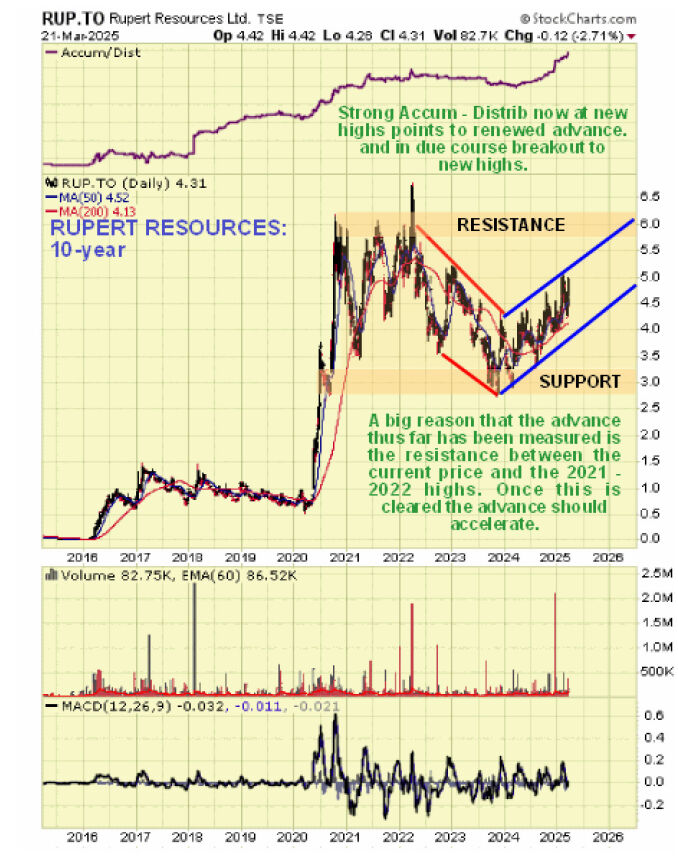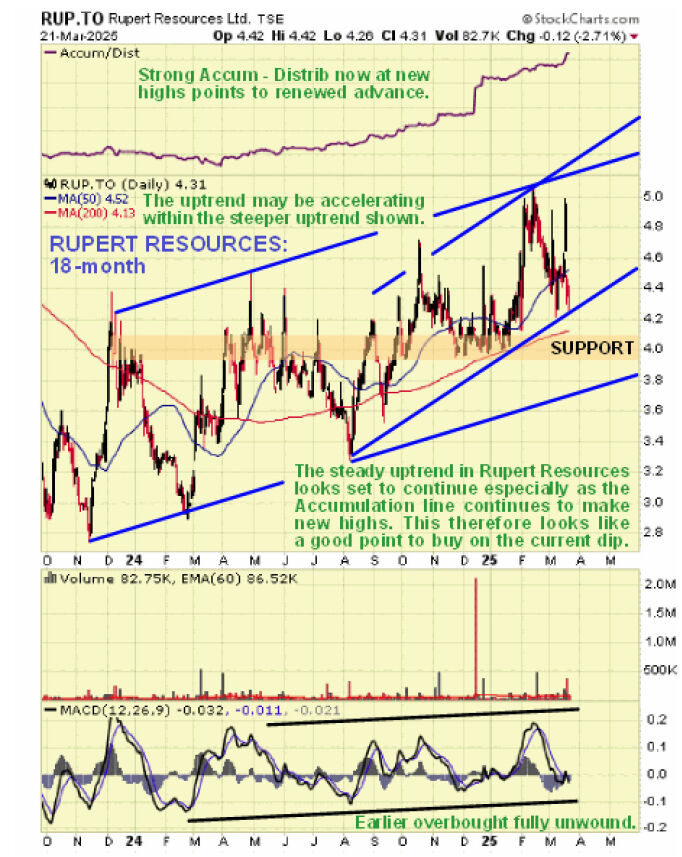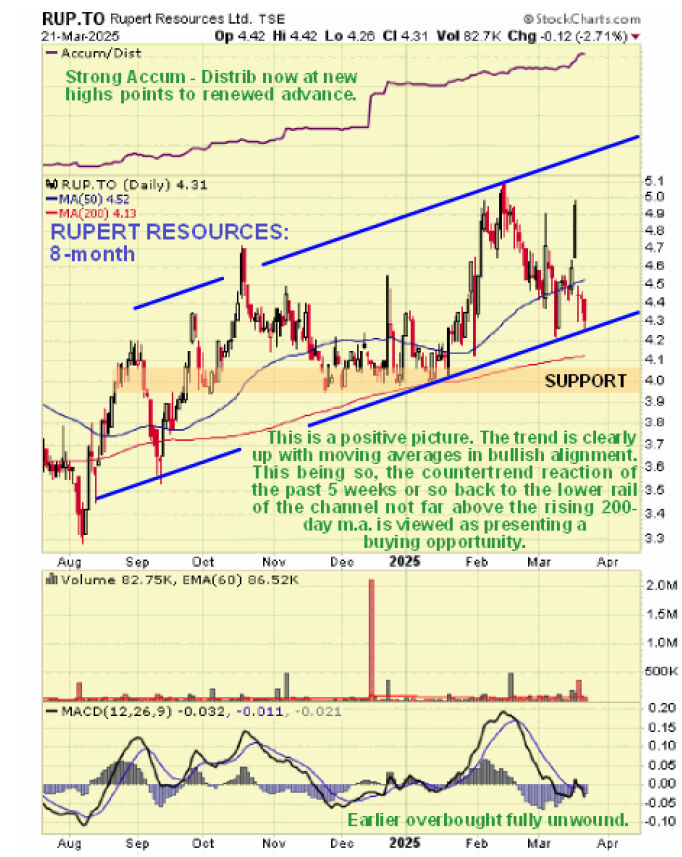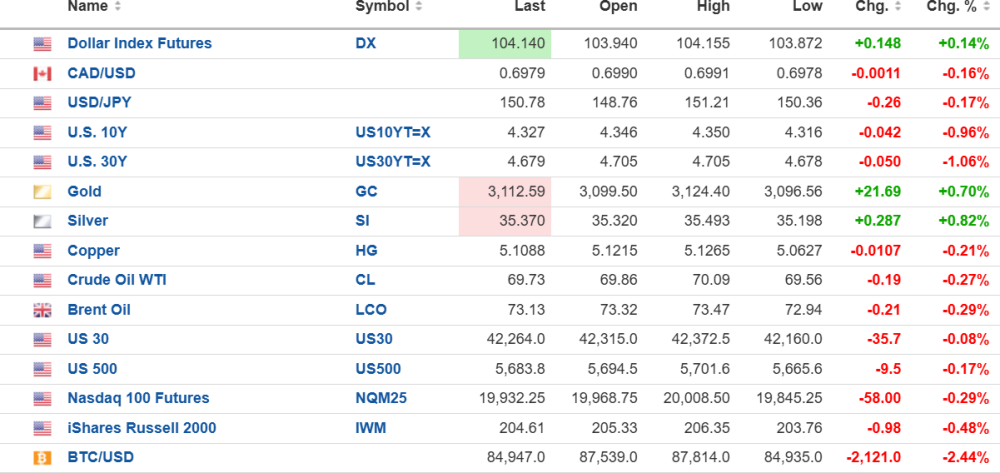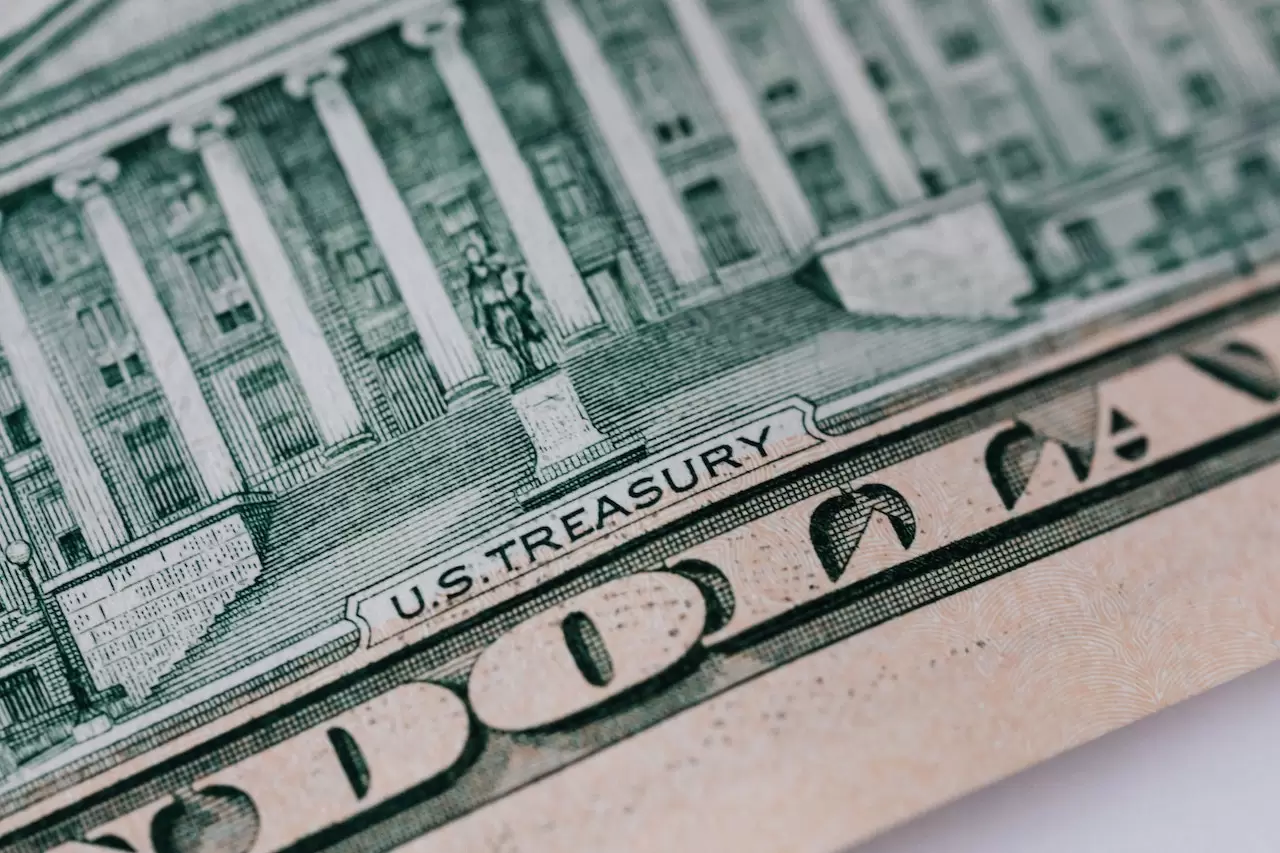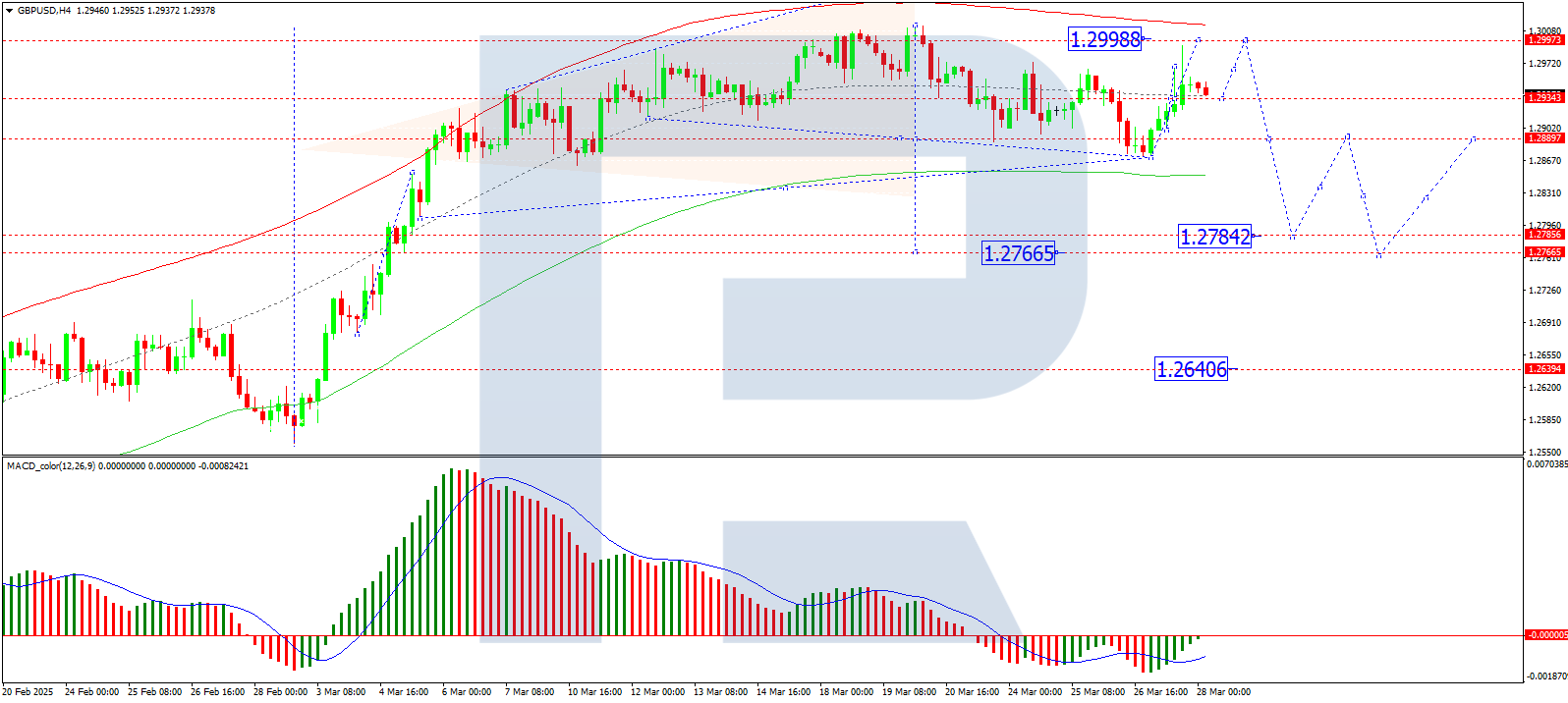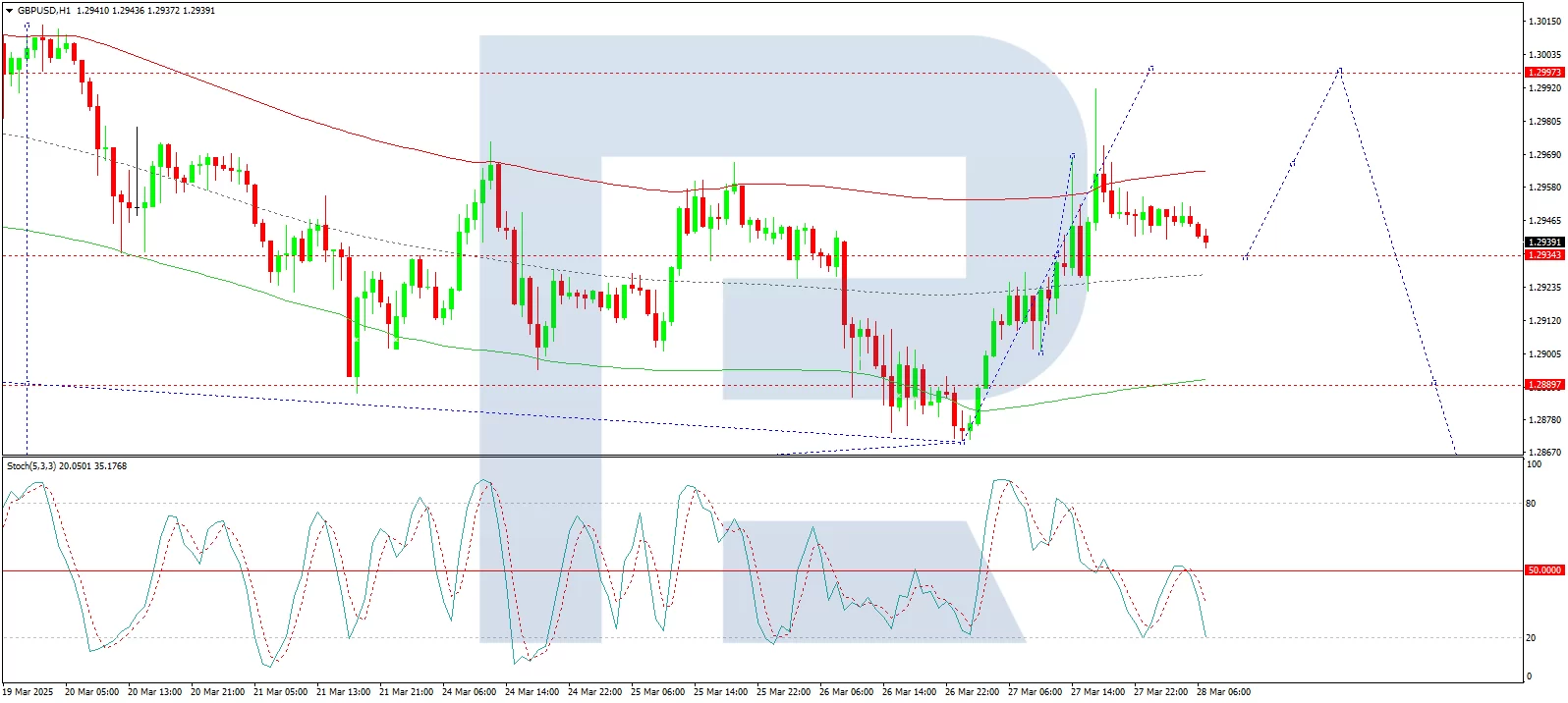By InvestMacro
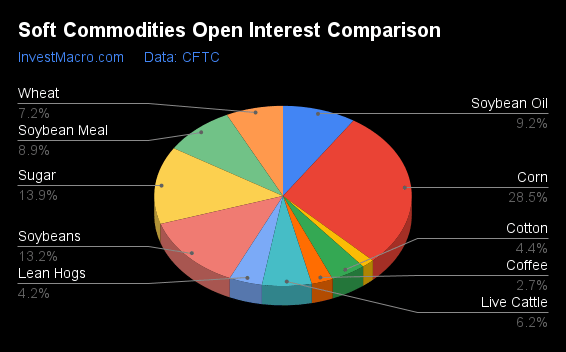
Here are the latest charts and statistics for the Commitment of Traders (COT) reports data published by the Commodities Futures Trading Commission (CFTC).
The latest COT data is updated through Tuesday March 25th and shows a quick view of how large traders (for-profit speculators and commercial entities) were positioned in the futures markets.
Weekly Speculator Changes led by Sugar & Live Cattle
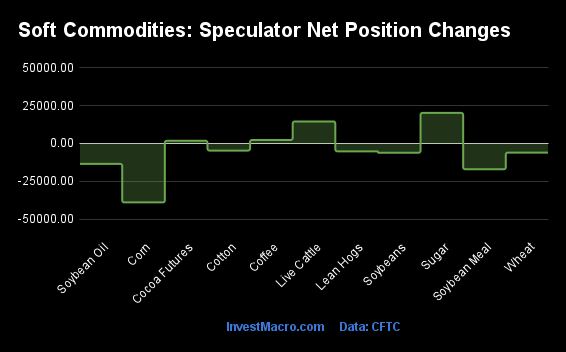
The COT soft commodities markets speculator bets were overall lower this week as just four out of the eleven softs markets we cover had higher positioning while the other seven markets had lower speculator contracts.
Leading the gains for the softs markets was Sugar (20,240 contracts) with Live Cattle (14,562 contracts), Coffee (2,322 contracts) and Cocoa (1,808 contracts) also showing positive weeks.
The markets with the declines in speculator bets this week were Corn (-39,005 contracts), Soybean Meal (-17,071 contracts), Soybean Oil (-13,515 contracts), Soybeans (-6,133 contracts), Wheat (-6,069 contracts), Lean Hogs (-5,203 contracts) and Cotton (-4,702 contracts) also registering lower bets on the week.
Soft Commodities Net Speculators Leaderboard
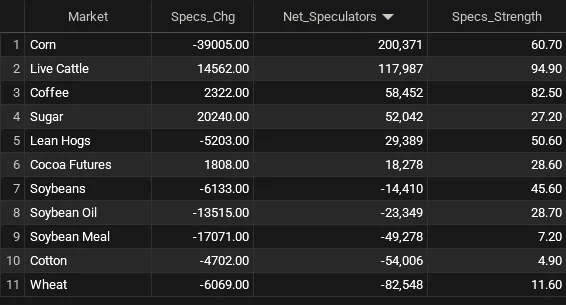
Legend: Weekly Speculators Change | Speculators Current Net Position | Speculators Strength Score compared to last 3-Years (0-100 range)
Strength Scores led by Live Cattle & Coffee
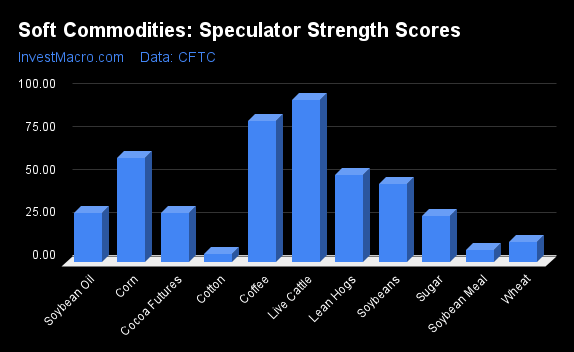
COT Strength Scores (a normalized measure of Speculator positions over a 3-Year range, from 0 to 100 where above 80 is Extreme-Bullish and below 20 is Extreme-Bearish) showed that Live Cattle (95 percent) and Coffee (83 percent) lead the softs markets this week. Corn (61 percent) comes in as the next highest in the weekly strength scores.
On the downside, Cotton (5 percent), Soybean Meal (7 percent) and Wheat (12 percent) come in at the lowest strength levels currently and are in Extreme-Bearish territory (below 20 percent).
Strength Statistics:
Corn (60.7 percent) vs Corn previous week (65.8 percent)
Sugar (27.2 percent) vs Sugar previous week (20.8 percent)
Coffee (82.5 percent) vs Coffee previous week (80.3 percent)
Soybeans (45.6 percent) vs Soybeans previous week (47.1 percent)
Soybean Oil (28.7 percent) vs Soybean Oil previous week (36.1 percent)
Soybean Meal (7.2 percent) vs Soybean Meal previous week (14.2 percent)
Live Cattle (94.9 percent) vs Live Cattle previous week (80.9 percent)
Lean Hogs (50.6 percent) vs Lean Hogs previous week (54.6 percent)
Cotton (4.9 percent) vs Cotton previous week (7.8 percent)
Cocoa (28.6 percent) vs Cocoa previous week (26.8 percent)
Wheat (11.6 percent) vs Wheat previous week (16.4 percent)
Sugar & Live Cattle top the 6-Week Strength Trends

COT Strength Score Trends (or move index, calculates the 6-week changes in strength scores) showed that Sugar (25 percent) and Live Cattle (4 percent) lead the past six weeks trends for soft commodities and are the only markets with positive scores.
Soybean Oil (-43 percent) leads the downside trend scores currently with Lean Hogs (-34 percent), Corn (-29 percent) and Wheat (-21 percent) following next with lower trend scores.
Strength Trend Statistics:
Corn (-29.2 percent) vs Corn previous week (-29.0 percent)
Sugar (25.1 percent) vs Sugar previous week (20.8 percent)
Coffee (-5.1 percent) vs Coffee previous week (-15.3 percent)
Soybeans (-5.3 percent) vs Soybeans previous week (-11.3 percent)
Soybean Oil (-43.0 percent) vs Soybean Oil previous week (-34.7 percent)
Soybean Meal (-14.5 percent) vs Soybean Meal previous week (-12.9 percent)
Live Cattle (4.4 percent) vs Live Cattle previous week (-12.5 percent)
Lean Hogs (-33.8 percent) vs Lean Hogs previous week (-26.9 percent)
Cotton (-7.0 percent) vs Cotton previous week (0.9 percent)
Cocoa (-8.7 percent) vs Cocoa previous week (-19.3 percent)
Wheat (-21.1 percent) vs Wheat previous week (-7.2 percent)
Individual Soft Commodities Markets:
CORN Futures:
 The CORN large speculator standing this week was a net position of 200,371 contracts in the data reported through Tuesday. This was a weekly lowering of -39,005 contracts from the previous week which had a total of 239,376 net contracts.
The CORN large speculator standing this week was a net position of 200,371 contracts in the data reported through Tuesday. This was a weekly lowering of -39,005 contracts from the previous week which had a total of 239,376 net contracts.
This week’s current strength score (the trader positioning range over the past three years, measured from 0 to 100) shows the speculators are currently Bullish with a score of 60.7 percent. The commercials are Bearish with a score of 42.8 percent and the small traders (not shown in chart) are Bearish with a score of 36.8 percent.
Price Trend-Following Model: Weak Uptrend
Our weekly trend-following model classifies the current market price position as: Weak Uptrend.
| CORN Futures Statistics | SPECULATORS | COMMERCIALS | SMALL TRADERS |
| – Percent of Open Interest Longs: | 22.6 | 42.6 | 7.1 |
| – Percent of Open Interest Shorts: | 11.7 | 50.2 | 10.4 |
| – Net Position: | 200,371 | -140,438 | -59,933 |
| – Gross Longs: | 416,135 | 783,975 | 131,205 |
| – Gross Shorts: | 215,764 | 924,413 | 191,138 |
| – Long to Short Ratio: | 1.9 to 1 | 0.8 to 1 | 0.7 to 1 |
| NET POSITION TREND: | | | |
| – Strength Index Score (3 Year Range Pct): | 60.7 | 42.8 | 36.8 |
| – Strength Index Reading (3 Year Range): | Bullish | Bearish | Bearish |
| NET POSITION MOVEMENT INDEX: | | | |
| – 6-Week Change in Strength Index: | -29.2 | 26.8 | 30.7 |
SUGAR Futures:
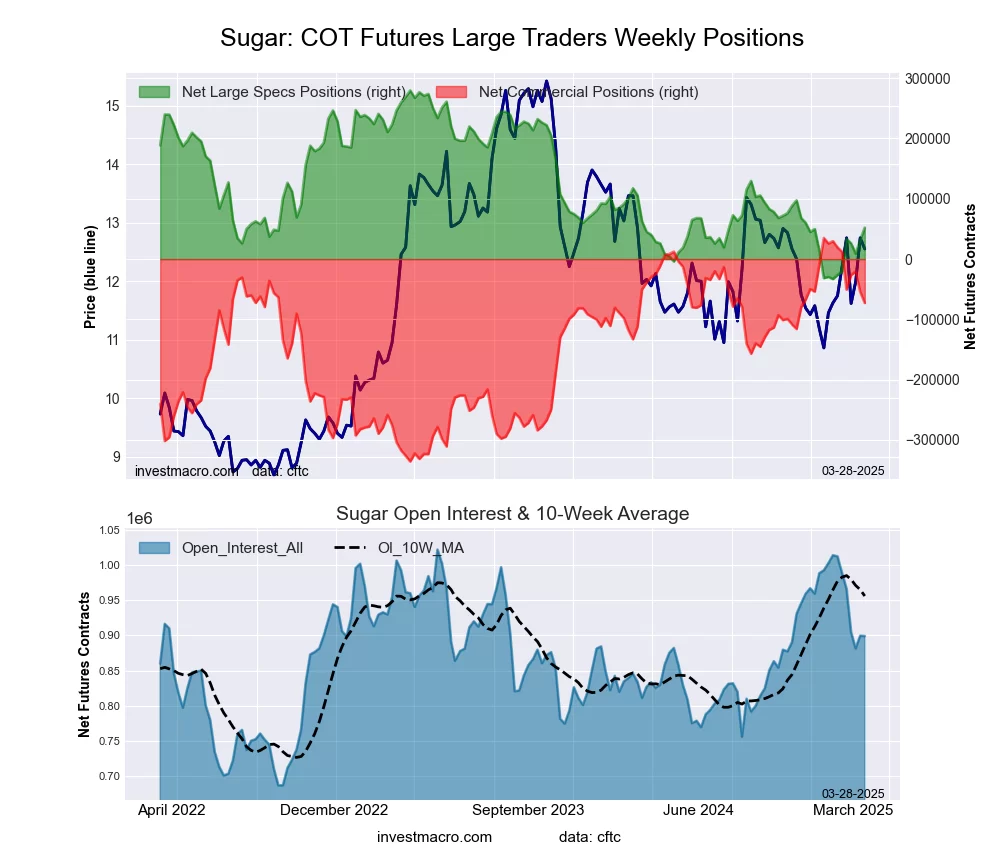 The SUGAR large speculator standing this week was a net position of 52,042 contracts in the data reported through Tuesday. This was a weekly increase of 20,240 contracts from the previous week which had a total of 31,802 net contracts.
The SUGAR large speculator standing this week was a net position of 52,042 contracts in the data reported through Tuesday. This was a weekly increase of 20,240 contracts from the previous week which had a total of 31,802 net contracts.
This week’s current strength score (the trader positioning range over the past three years, measured from 0 to 100) shows the speculators are currently Bearish with a score of 27.2 percent. The commercials are Bullish with a score of 70.9 percent and the small traders (not shown in chart) are Bearish with a score of 46.6 percent.
Price Trend-Following Model: Weak Downtrend
Our weekly trend-following model classifies the current market price position as: Weak Downtrend.
| SUGAR Futures Statistics | SPECULATORS | COMMERCIALS | SMALL TRADERS |
| – Percent of Open Interest Longs: | 23.5 | 50.1 | 8.3 |
| – Percent of Open Interest Shorts: | 17.7 | 58.2 | 6.0 |
| – Net Position: | 52,042 | -72,763 | 20,721 |
| – Gross Longs: | 211,369 | 450,055 | 74,523 |
| – Gross Shorts: | 159,327 | 522,818 | 53,802 |
| – Long to Short Ratio: | 1.3 to 1 | 0.9 to 1 | 1.4 to 1 |
| NET POSITION TREND: | | | |
| – Strength Index Score (3 Year Range Pct): | 27.2 | 70.9 | 46.6 |
| – Strength Index Reading (3 Year Range): | Bearish | Bullish | Bearish |
| NET POSITION MOVEMENT INDEX: | | | |
| – 6-Week Change in Strength Index: | 25.1 | -24.8 | 17.6 |
COFFEE Futures:
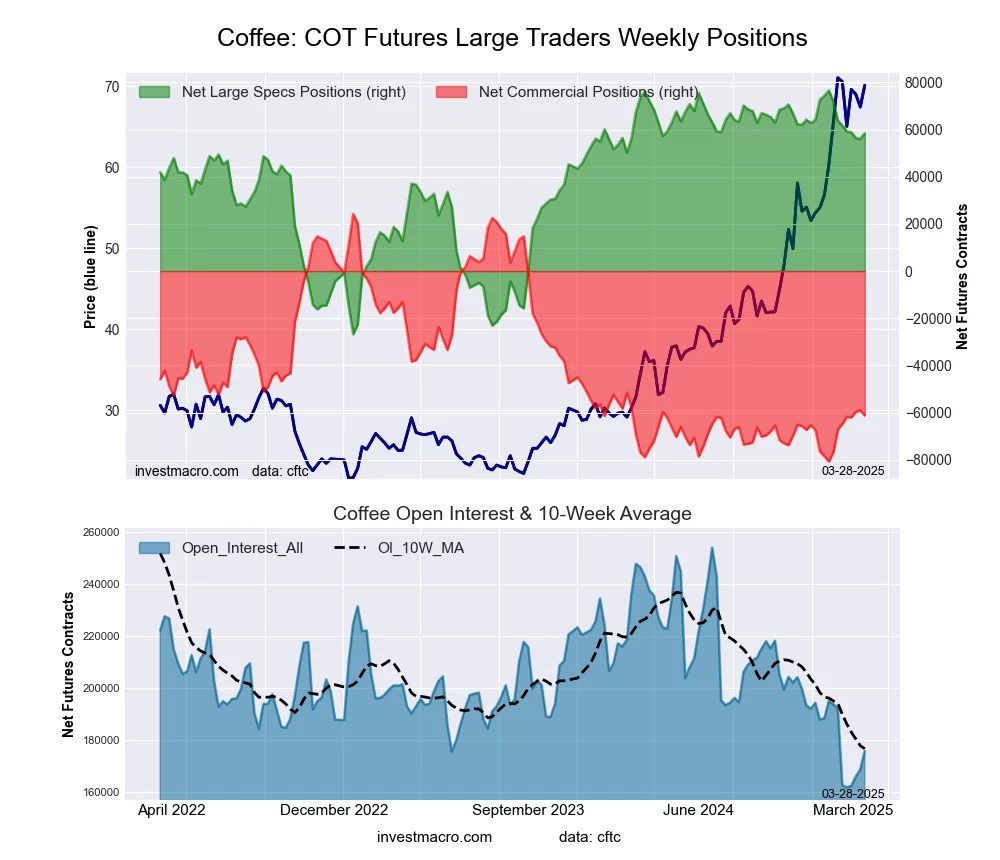 The COFFEE large speculator standing this week was a net position of 58,452 contracts in the data reported through Tuesday. This was a weekly rise of 2,322 contracts from the previous week which had a total of 56,130 net contracts.
The COFFEE large speculator standing this week was a net position of 58,452 contracts in the data reported through Tuesday. This was a weekly rise of 2,322 contracts from the previous week which had a total of 56,130 net contracts.
This week’s current strength score (the trader positioning range over the past three years, measured from 0 to 100) shows the speculators are currently Bullish-Extreme with a score of 82.5 percent. The commercials are Bearish-Extreme with a score of 18.5 percent and the small traders (not shown in chart) are Bullish with a score of 64.0 percent.
Price Trend-Following Model: Uptrend
Our weekly trend-following model classifies the current market price position as: Uptrend.
| COFFEE Futures Statistics | SPECULATORS | COMMERCIALS | SMALL TRADERS |
| – Percent of Open Interest Longs: | 40.4 | 34.6 | 5.5 |
| – Percent of Open Interest Shorts: | 7.1 | 69.4 | 3.9 |
| – Net Position: | 58,452 | -61,242 | 2,790 |
| – Gross Longs: | 70,947 | 60,843 | 9,622 |
| – Gross Shorts: | 12,495 | 122,085 | 6,832 |
| – Long to Short Ratio: | 5.7 to 1 | 0.5 to 1 | 1.4 to 1 |
| NET POSITION TREND: | | | |
| – Strength Index Score (3 Year Range Pct): | 82.5 | 18.5 | 64.0 |
| – Strength Index Reading (3 Year Range): | Bullish-Extreme | Bearish-Extreme | Bullish |
| NET POSITION MOVEMENT INDEX: | | | |
| – 6-Week Change in Strength Index: | -5.1 | 5.6 | -11.4 |
SOYBEANS Futures:
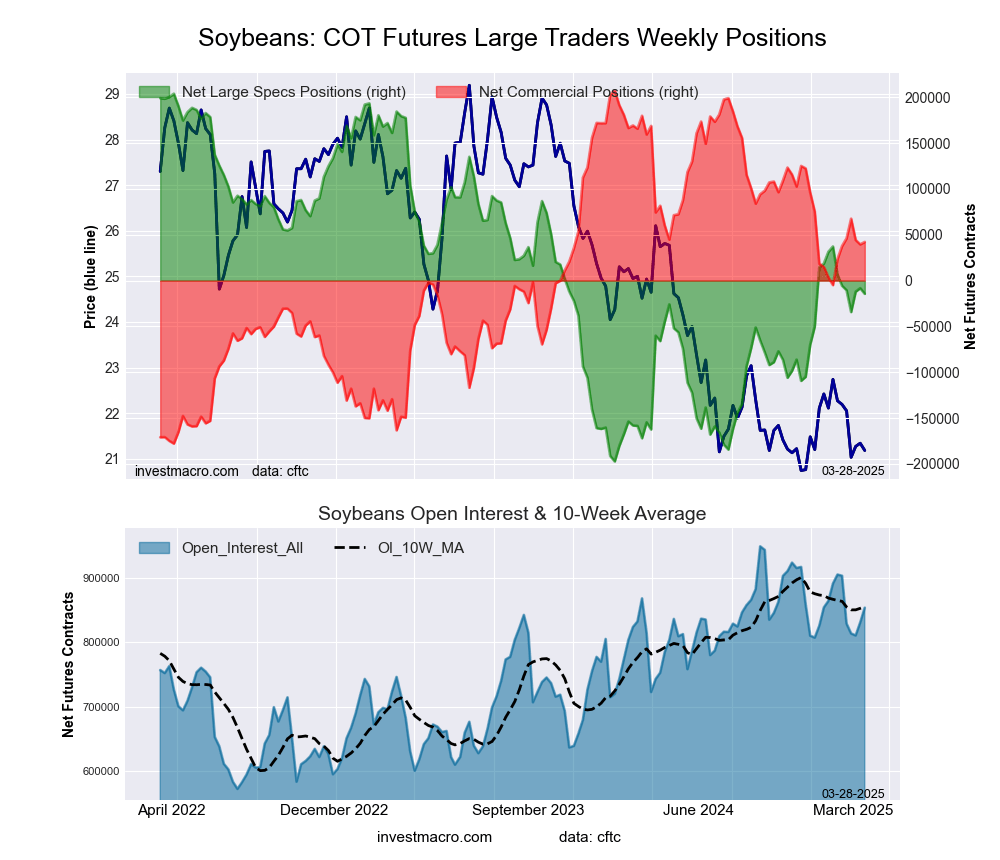 The SOYBEANS large speculator standing this week was a net position of -14,410 contracts in the data reported through Tuesday. This was a weekly decline of -6,133 contracts from the previous week which had a total of -8,277 net contracts.
The SOYBEANS large speculator standing this week was a net position of -14,410 contracts in the data reported through Tuesday. This was a weekly decline of -6,133 contracts from the previous week which had a total of -8,277 net contracts.
This week’s current strength score (the trader positioning range over the past three years, measured from 0 to 100) shows the speculators are currently Bearish with a score of 45.6 percent. The commercials are Bullish with a score of 57.1 percent and the small traders (not shown in chart) are Bearish with a score of 40.1 percent.
Price Trend-Following Model: Weak Uptrend
Our weekly trend-following model classifies the current market price position as: Weak Uptrend.
| SOYBEANS Futures Statistics | SPECULATORS | COMMERCIALS | SMALL TRADERS |
| – Percent of Open Interest Longs: | 18.9 | 54.8 | 4.9 |
| – Percent of Open Interest Shorts: | 20.6 | 49.8 | 8.1 |
| – Net Position: | -14,410 | 42,137 | -27,727 |
| – Gross Longs: | 161,713 | 467,444 | 41,401 |
| – Gross Shorts: | 176,123 | 425,307 | 69,128 |
| – Long to Short Ratio: | 0.9 to 1 | 1.1 to 1 | 0.6 to 1 |
| NET POSITION TREND: | | | |
| – Strength Index Score (3 Year Range Pct): | 45.6 | 57.1 | 40.1 |
| – Strength Index Reading (3 Year Range): | Bearish | Bullish | Bearish |
| NET POSITION MOVEMENT INDEX: | | | |
| – 6-Week Change in Strength Index: | -5.3 | 4.9 | 6.4 |
SOYBEAN OIL Futures:
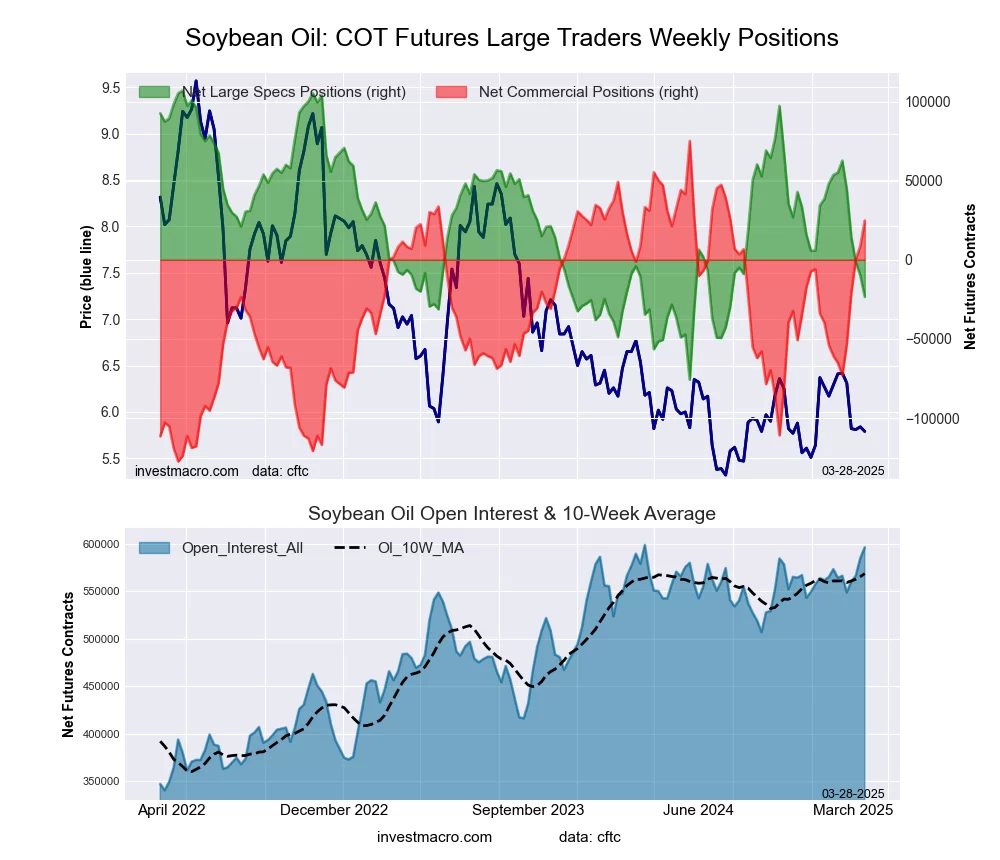 The SOYBEAN OIL large speculator standing this week was a net position of -23,349 contracts in the data reported through Tuesday. This was a weekly fall of -13,515 contracts from the previous week which had a total of -9,834 net contracts.
The SOYBEAN OIL large speculator standing this week was a net position of -23,349 contracts in the data reported through Tuesday. This was a weekly fall of -13,515 contracts from the previous week which had a total of -9,834 net contracts.
This week’s current strength score (the trader positioning range over the past three years, measured from 0 to 100) shows the speculators are currently Bearish with a score of 28.7 percent. The commercials are Bullish with a score of 75.2 percent and the small traders (not shown in chart) are Bearish-Extreme with a score of 8.2 percent.
Price Trend-Following Model: Uptrend
Our weekly trend-following model classifies the current market price position as: Uptrend.
| SOYBEAN OIL Futures Statistics | SPECULATORS | COMMERCIALS | SMALL TRADERS |
| – Percent of Open Interest Longs: | 19.7 | 54.7 | 4.7 |
| – Percent of Open Interest Shorts: | 23.6 | 50.5 | 5.0 |
| – Net Position: | -23,349 | 24,882 | -1,533 |
| – Gross Longs: | 117,284 | 325,973 | 28,244 |
| – Gross Shorts: | 140,633 | 301,091 | 29,777 |
| – Long to Short Ratio: | 0.8 to 1 | 1.1 to 1 | 0.9 to 1 |
| NET POSITION TREND: | | | |
| – Strength Index Score (3 Year Range Pct): | 28.7 | 75.2 | 8.2 |
| – Strength Index Reading (3 Year Range): | Bearish | Bullish | Bearish-Extreme |
| NET POSITION MOVEMENT INDEX: | | | |
| – 6-Week Change in Strength Index: | -43.0 | 44.5 | -44.6 |
SOYBEAN MEAL Futures:
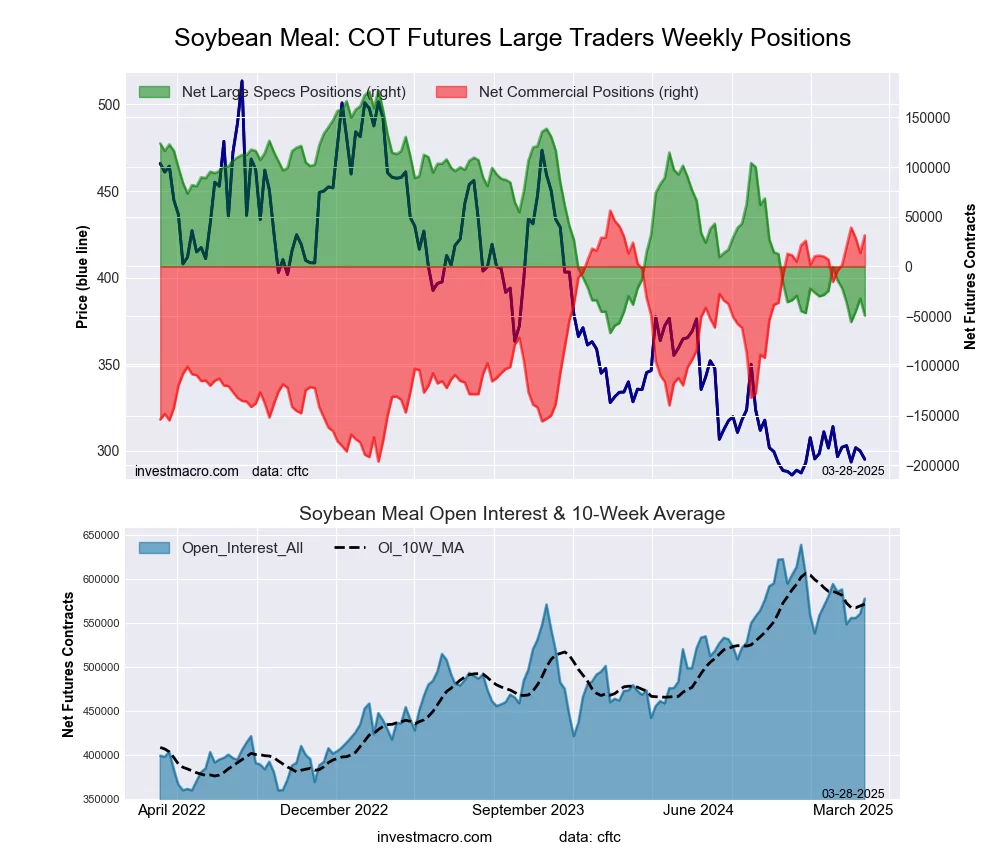 The SOYBEAN MEAL large speculator standing this week was a net position of -49,278 contracts in the data reported through Tuesday. This was a weekly reduction of -17,071 contracts from the previous week which had a total of -32,207 net contracts.
The SOYBEAN MEAL large speculator standing this week was a net position of -49,278 contracts in the data reported through Tuesday. This was a weekly reduction of -17,071 contracts from the previous week which had a total of -32,207 net contracts.
This week’s current strength score (the trader positioning range over the past three years, measured from 0 to 100) shows the speculators are currently Bearish-Extreme with a score of 7.2 percent. The commercials are Bullish-Extreme with a score of 90.1 percent and the small traders (not shown in chart) are Bearish with a score of 36.3 percent.
Price Trend-Following Model: Weak Uptrend
Our weekly trend-following model classifies the current market price position as: Weak Uptrend.
| SOYBEAN MEAL Futures Statistics | SPECULATORS | COMMERCIALS | SMALL TRADERS |
| – Percent of Open Interest Longs: | 17.4 | 51.0 | 8.5 |
| – Percent of Open Interest Shorts: | 25.9 | 45.6 | 5.4 |
| – Net Position: | -49,278 | 31,359 | 17,919 |
| – Gross Longs: | 100,370 | 294,361 | 49,052 |
| – Gross Shorts: | 149,648 | 263,002 | 31,133 |
| – Long to Short Ratio: | 0.7 to 1 | 1.1 to 1 | 1.6 to 1 |
| NET POSITION TREND: | | | |
| – Strength Index Score (3 Year Range Pct): | 7.2 | 90.1 | 36.3 |
| – Strength Index Reading (3 Year Range): | Bearish-Extreme | Bullish-Extreme | Bearish |
| NET POSITION MOVEMENT INDEX: | | | |
| – 6-Week Change in Strength Index: | -14.5 | 14.2 | -2.1 |
LIVE CATTLE Futures:
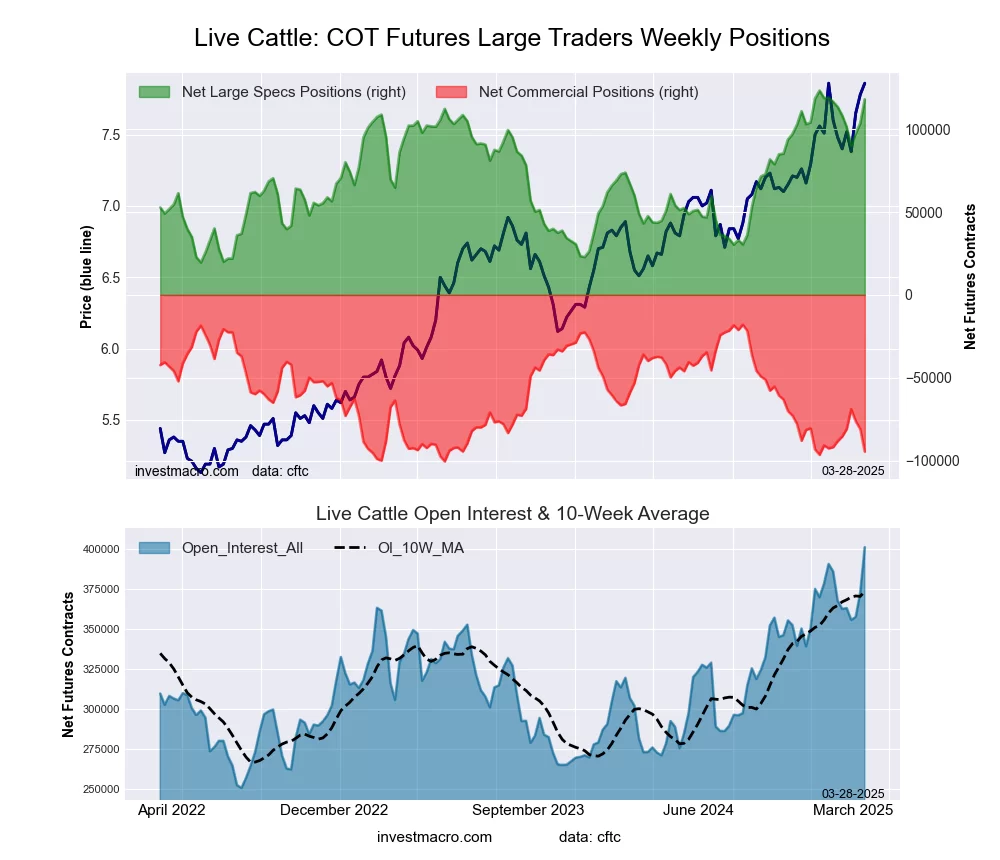 The LIVE CATTLE large speculator standing this week was a net position of 117,987 contracts in the data reported through Tuesday. This was a weekly advance of 14,562 contracts from the previous week which had a total of 103,425 net contracts.
The LIVE CATTLE large speculator standing this week was a net position of 117,987 contracts in the data reported through Tuesday. This was a weekly advance of 14,562 contracts from the previous week which had a total of 103,425 net contracts.
This week’s current strength score (the trader positioning range over the past three years, measured from 0 to 100) shows the speculators are currently Bullish-Extreme with a score of 94.9 percent. The commercials are Bearish-Extreme with a score of 7.2 percent and the small traders (not shown in chart) are Bearish-Extreme with a score of 15.1 percent.
Price Trend-Following Model: Strong Uptrend
Our weekly trend-following model classifies the current market price position as: Strong Uptrend.
| LIVE CATTLE Futures Statistics | SPECULATORS | COMMERCIALS | SMALL TRADERS |
| – Percent of Open Interest Longs: | 48.3 | 27.2 | 8.0 |
| – Percent of Open Interest Shorts: | 18.9 | 50.8 | 13.8 |
| – Net Position: | 117,987 | -94,564 | -23,423 |
| – Gross Longs: | 193,964 | 109,347 | 31,975 |
| – Gross Shorts: | 75,977 | 203,911 | 55,398 |
| – Long to Short Ratio: | 2.6 to 1 | 0.5 to 1 | 0.6 to 1 |
| NET POSITION TREND: | | | |
| – Strength Index Score (3 Year Range Pct): | 94.9 | 7.2 | 15.1 |
| – Strength Index Reading (3 Year Range): | Bullish-Extreme | Bearish-Extreme | Bearish-Extreme |
| NET POSITION MOVEMENT INDEX: | | | |
| – 6-Week Change in Strength Index: | 4.4 | -7.6 | 5.8 |
LEAN HOGS Futures:
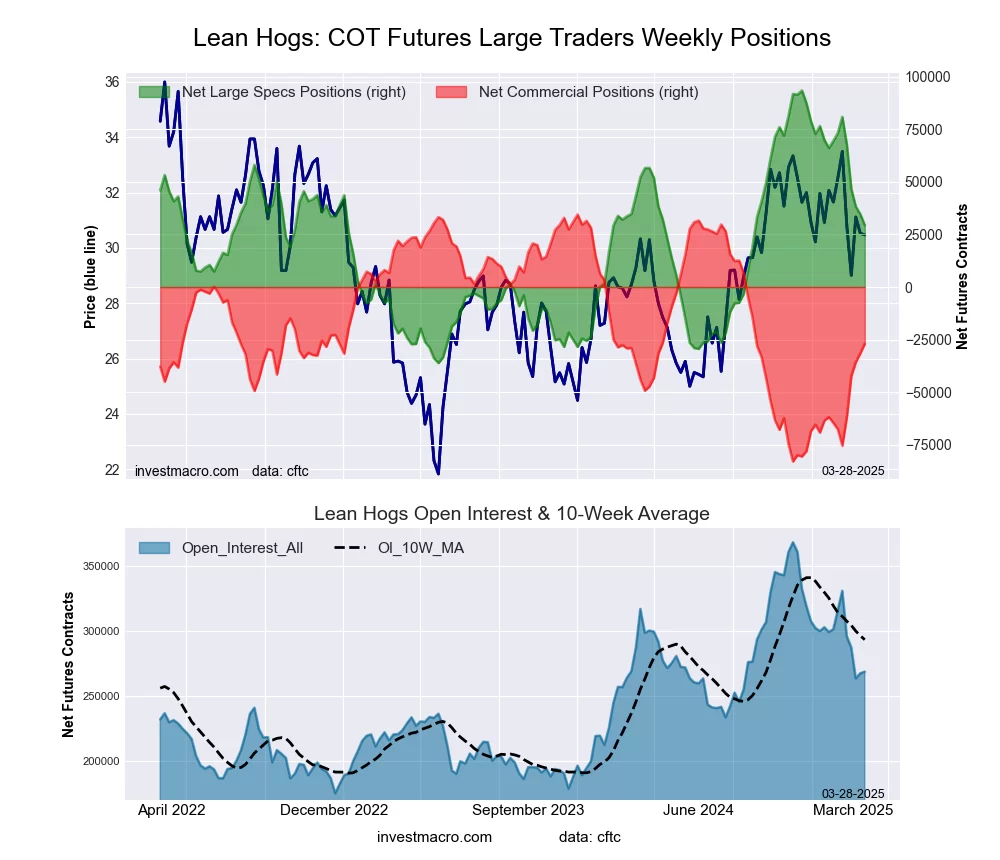 The LEAN HOGS large speculator standing this week was a net position of 29,389 contracts in the data reported through Tuesday. This was a weekly lowering of -5,203 contracts from the previous week which had a total of 34,592 net contracts.
The LEAN HOGS large speculator standing this week was a net position of 29,389 contracts in the data reported through Tuesday. This was a weekly lowering of -5,203 contracts from the previous week which had a total of 34,592 net contracts.
This week’s current strength score (the trader positioning range over the past three years, measured from 0 to 100) shows the speculators are currently Bullish with a score of 50.6 percent. The commercials are Bearish with a score of 47.7 percent and the small traders (not shown in chart) are Bullish with a score of 63.1 percent.
Price Trend-Following Model: Strong Downtrend
Our weekly trend-following model classifies the current market price position as: Strong Downtrend.
| LEAN HOGS Futures Statistics | SPECULATORS | COMMERCIALS | SMALL TRADERS |
| – Percent of Open Interest Longs: | 33.7 | 37.7 | 6.9 |
| – Percent of Open Interest Shorts: | 22.7 | 47.8 | 7.8 |
| – Net Position: | 29,389 | -26,988 | -2,401 |
| – Gross Longs: | 90,491 | 101,431 | 18,590 |
| – Gross Shorts: | 61,102 | 128,419 | 20,991 |
| – Long to Short Ratio: | 1.5 to 1 | 0.8 to 1 | 0.9 to 1 |
| NET POSITION TREND: | | | |
| – Strength Index Score (3 Year Range Pct): | 50.6 | 47.7 | 63.1 |
| – Strength Index Reading (3 Year Range): | Bullish | Bearish | Bullish |
| NET POSITION MOVEMENT INDEX: | | | |
| – 6-Week Change in Strength Index: | -33.8 | 34.6 | 19.2 |
COTTON Futures:
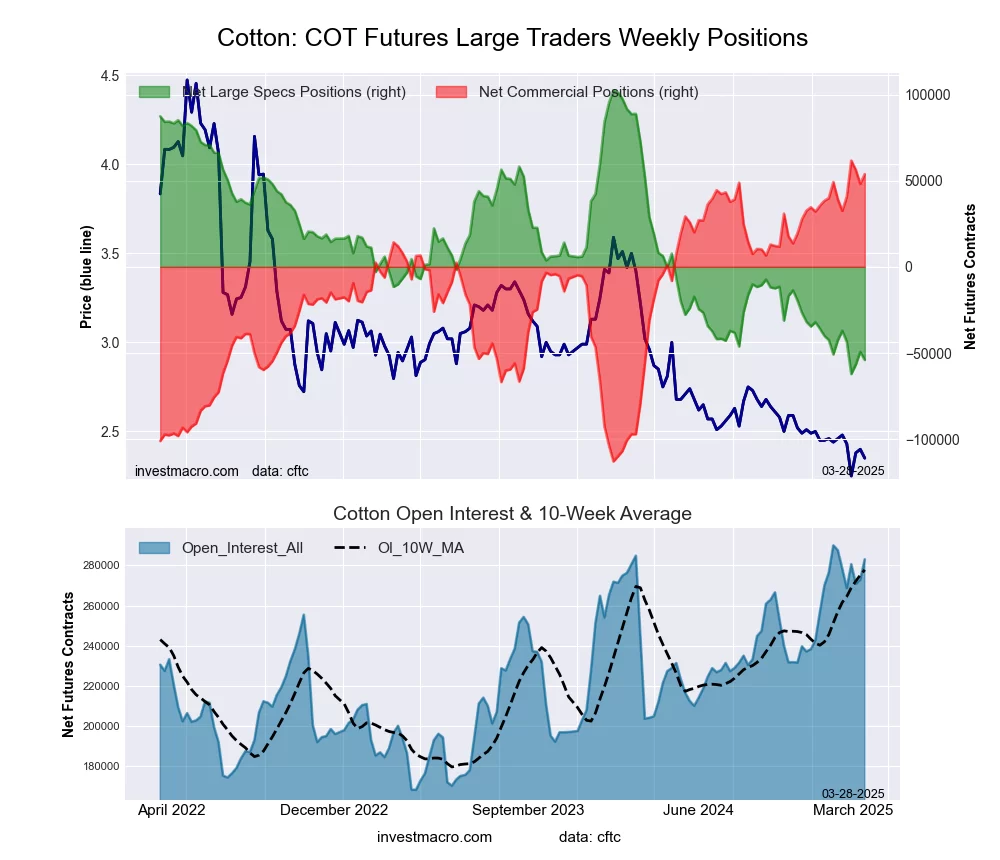 The COTTON large speculator standing this week was a net position of -54,006 contracts in the data reported through Tuesday. This was a weekly decrease of -4,702 contracts from the previous week which had a total of -49,304 net contracts.
The COTTON large speculator standing this week was a net position of -54,006 contracts in the data reported through Tuesday. This was a weekly decrease of -4,702 contracts from the previous week which had a total of -49,304 net contracts.
This week’s current strength score (the trader positioning range over the past three years, measured from 0 to 100) shows the speculators are currently Bearish-Extreme with a score of 4.9 percent. The commercials are Bullish-Extreme with a score of 95.5 percent and the small traders (not shown in chart) are Bearish-Extreme with a score of 18.1 percent.
Price Trend-Following Model: Downtrend
Our weekly trend-following model classifies the current market price position as: Downtrend.
| COTTON Futures Statistics | SPECULATORS | COMMERCIALS | SMALL TRADERS |
| – Percent of Open Interest Longs: | 23.0 | 52.4 | 4.9 |
| – Percent of Open Interest Shorts: | 42.1 | 33.4 | 4.8 |
| – Net Position: | -54,006 | 53,793 | 213 |
| – Gross Longs: | 65,048 | 148,238 | 13,921 |
| – Gross Shorts: | 119,054 | 94,445 | 13,708 |
| – Long to Short Ratio: | 0.5 to 1 | 1.6 to 1 | 1.0 to 1 |
| NET POSITION TREND: | | | |
| – Strength Index Score (3 Year Range Pct): | 4.9 | 95.5 | 18.1 |
| – Strength Index Reading (3 Year Range): | Bearish-Extreme | Bullish-Extreme | Bearish-Extreme |
| NET POSITION MOVEMENT INDEX: | | | |
| – 6-Week Change in Strength Index: | -7.0 | 8.3 | -19.3 |
COCOA Futures:
 The COCOA large speculator standing this week was a net position of 18,278 contracts in the data reported through Tuesday. This was a weekly rise of 1,808 contracts from the previous week which had a total of 16,470 net contracts.
The COCOA large speculator standing this week was a net position of 18,278 contracts in the data reported through Tuesday. This was a weekly rise of 1,808 contracts from the previous week which had a total of 16,470 net contracts.
This week’s current strength score (the trader positioning range over the past three years, measured from 0 to 100) shows the speculators are currently Bearish with a score of 28.6 percent. The commercials are Bullish with a score of 71.7 percent and the small traders (not shown in chart) are Bullish with a score of 54.0 percent.
Price Trend-Following Model: Downtrend
Our weekly trend-following model classifies the current market price position as: Downtrend.
| COCOA Futures Statistics | SPECULATORS | COMMERCIALS | SMALL TRADERS |
| – Percent of Open Interest Longs: | 27.9 | 44.2 | 9.4 |
| – Percent of Open Interest Shorts: | 10.2 | 65.2 | 6.0 |
| – Net Position: | 18,278 | -21,738 | 3,460 |
| – Gross Longs: | 28,864 | 45,771 | 9,683 |
| – Gross Shorts: | 10,586 | 67,509 | 6,223 |
| – Long to Short Ratio: | 2.7 to 1 | 0.7 to 1 | 1.6 to 1 |
| NET POSITION TREND: | | | |
| – Strength Index Score (3 Year Range Pct): | 28.6 | 71.7 | 54.0 |
| – Strength Index Reading (3 Year Range): | Bearish | Bullish | Bullish |
| NET POSITION MOVEMENT INDEX: | | | |
| – 6-Week Change in Strength Index: | -8.7 | 11.6 | -30.4 |
WHEAT Futures:
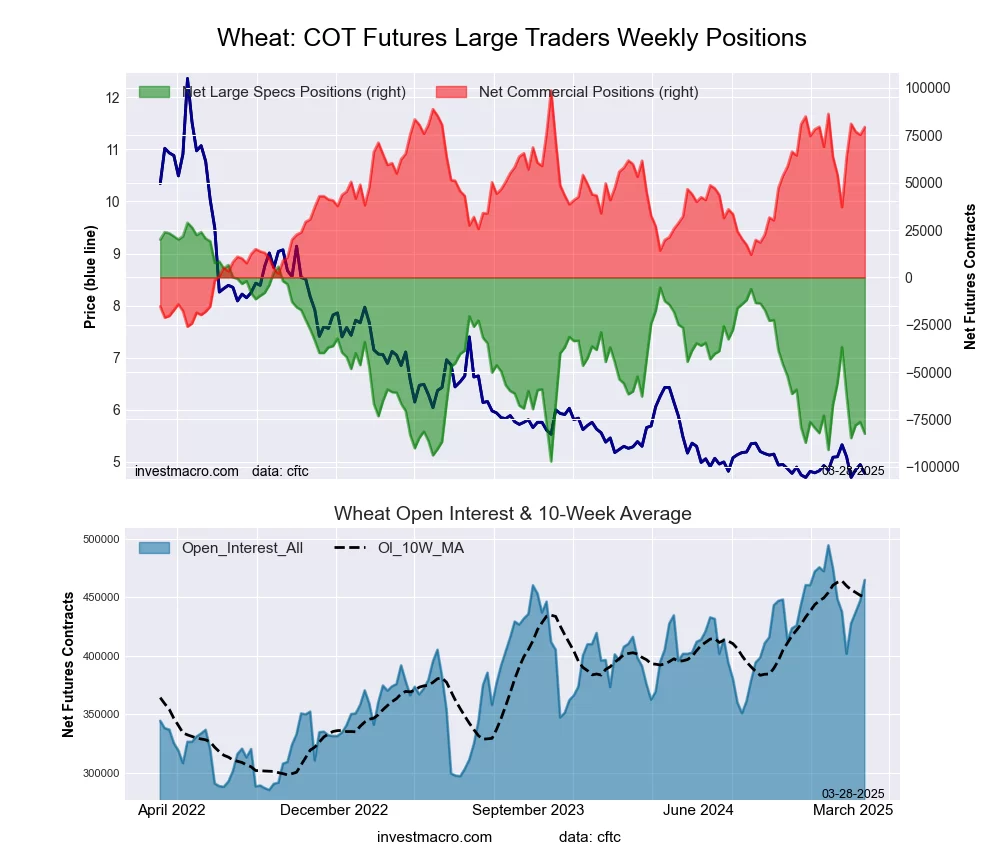 The WHEAT large speculator standing this week was a net position of -82,548 contracts in the data reported through Tuesday. This was a weekly fall of -6,069 contracts from the previous week which had a total of -76,479 net contracts.
The WHEAT large speculator standing this week was a net position of -82,548 contracts in the data reported through Tuesday. This was a weekly fall of -6,069 contracts from the previous week which had a total of -76,479 net contracts.
This week’s current strength score (the trader positioning range over the past three years, measured from 0 to 100) shows the speculators are currently Bearish-Extreme with a score of 11.6 percent. The commercials are Bullish-Extreme with a score of 84.5 percent and the small traders (not shown in chart) are Bullish with a score of 74.2 percent.
Price Trend-Following Model: Weak Uptrend
Our weekly trend-following model classifies the current market price position as: Weak Uptrend.
| WHEAT Futures Statistics | SPECULATORS | COMMERCIALS | SMALL TRADERS |
| – Percent of Open Interest Longs: | 26.2 | 36.6 | 7.7 |
| – Percent of Open Interest Shorts: | 43.9 | 19.5 | 7.1 |
| – Net Position: | -82,548 | 79,370 | 3,178 |
| – Gross Longs: | 121,763 | 170,090 | 36,009 |
| – Gross Shorts: | 204,311 | 90,720 | 32,831 |
| – Long to Short Ratio: | 0.6 to 1 | 1.9 to 1 | 1.1 to 1 |
| NET POSITION TREND: | | | |
| – Strength Index Score (3 Year Range Pct): | 11.6 | 84.5 | 74.2 |
| – Strength Index Reading (3 Year Range): | Bearish-Extreme | Bullish-Extreme | Bullish |
| NET POSITION MOVEMENT INDEX: | | | |
| – 6-Week Change in Strength Index: | -21.1 | 20.1 | 8.4 |
Article By InvestMacro – Receive our weekly COT Newsletter
*COT Report: The COT data, released weekly to the public each Friday, is updated through the most recent Tuesday (data is 3 days old) and shows a quick view of how large speculators or non-commercials (for-profit traders) were positioned in the futures markets.
The CFTC categorizes trader positions according to commercial hedgers (traders who use futures contracts for hedging as part of the business), non-commercials (large traders who speculate to realize trading profits) and nonreportable traders (usually small traders/speculators) as well as their open interest (contracts open in the market at time of reporting). See CFTC criteria here.






